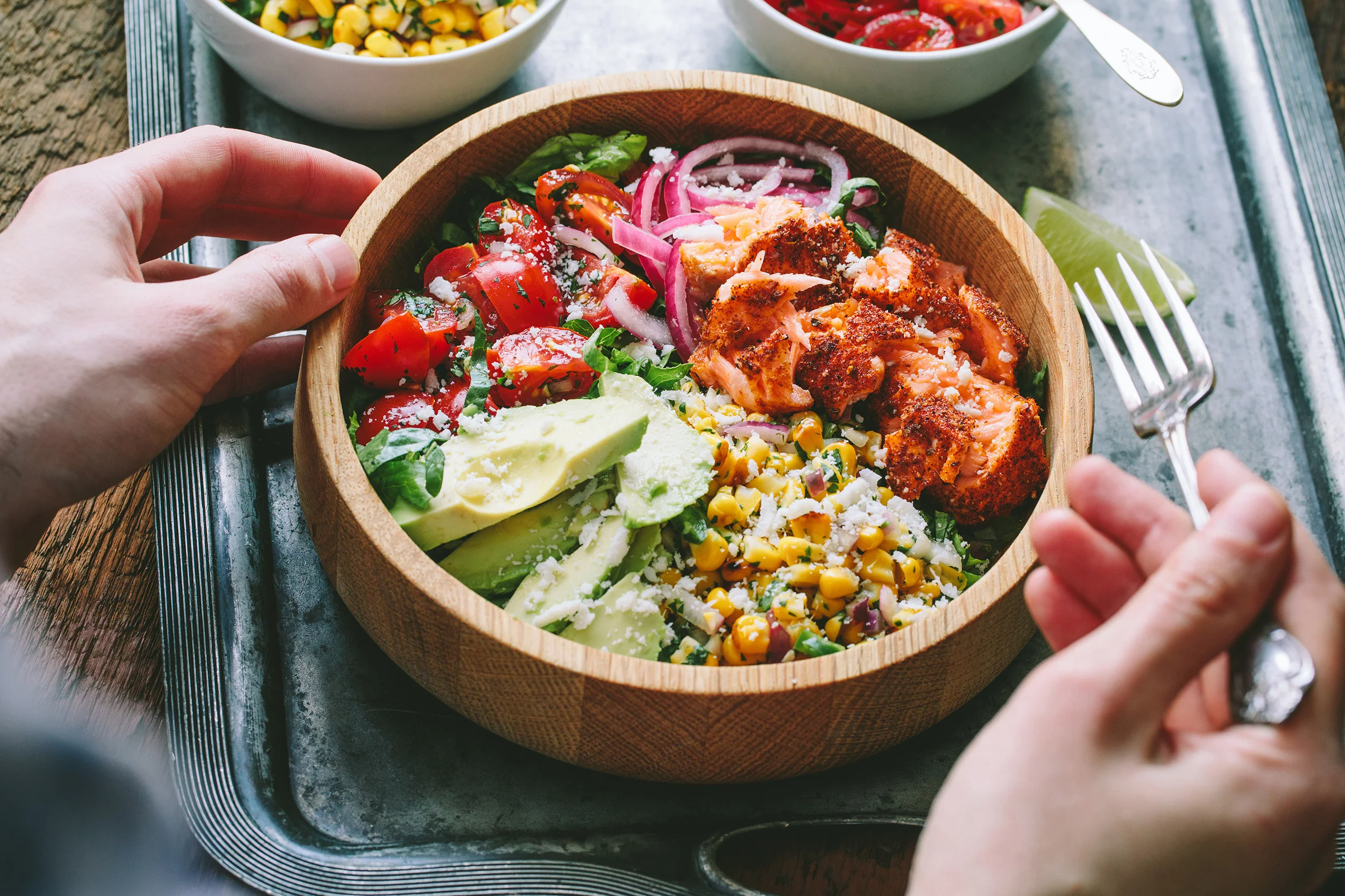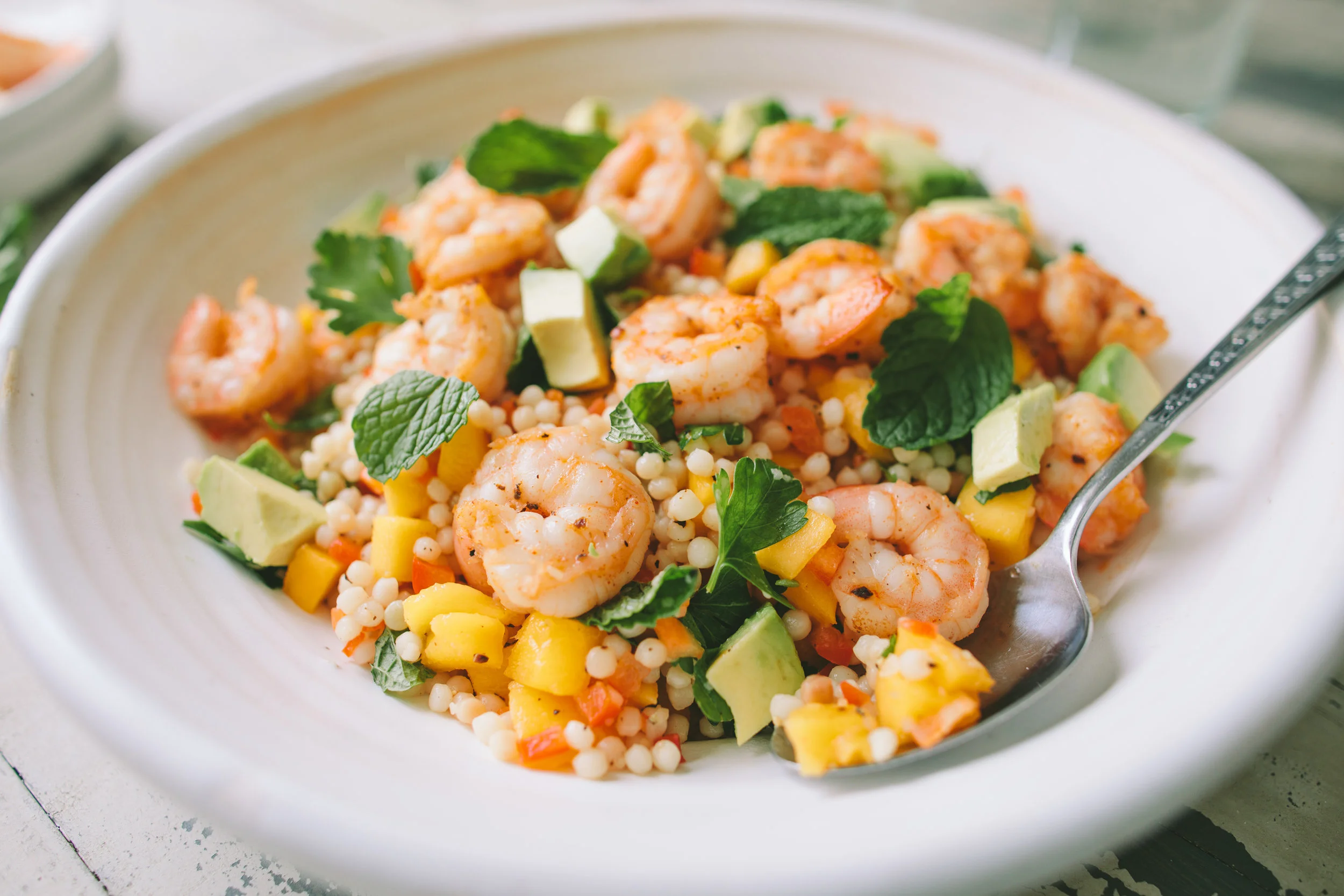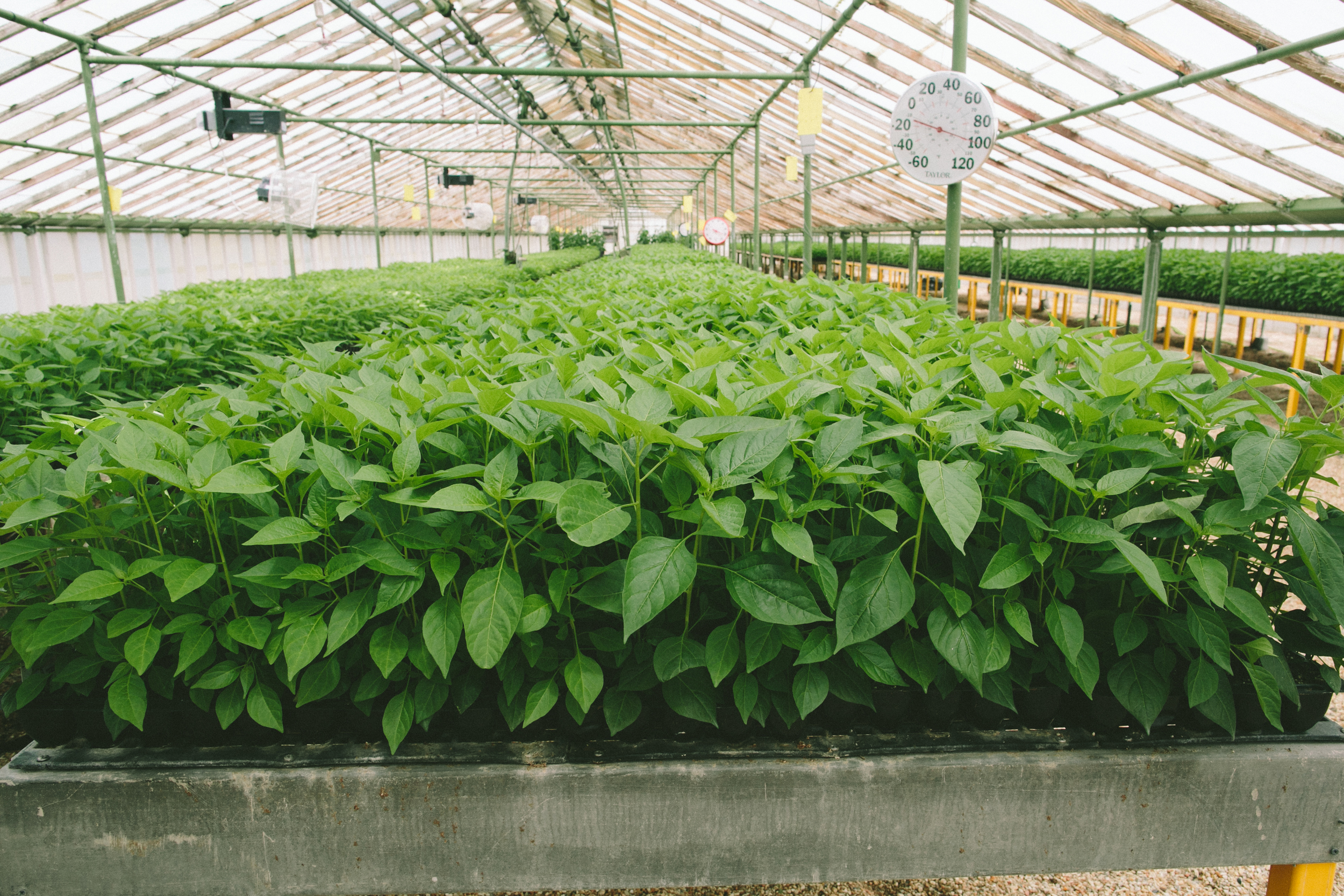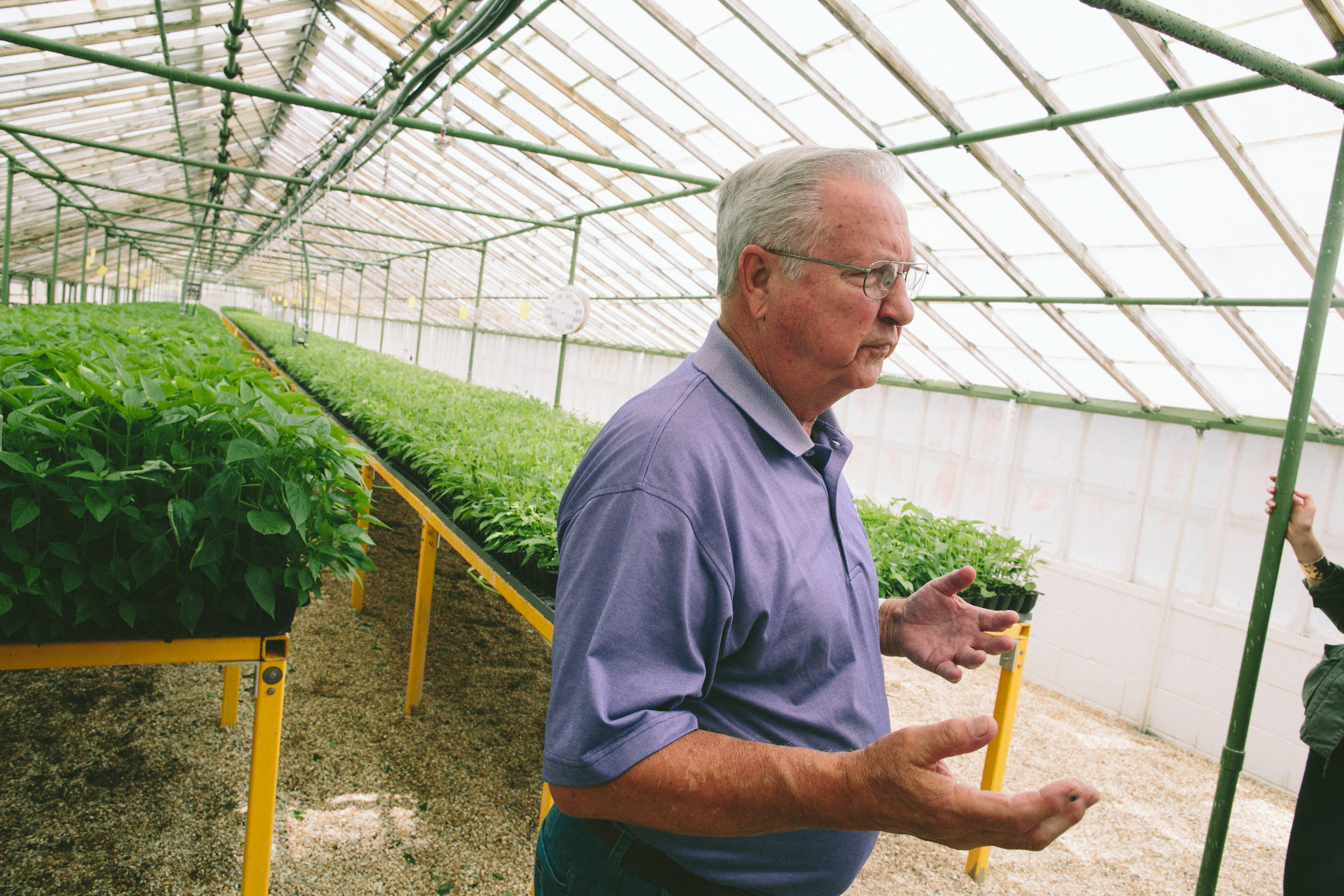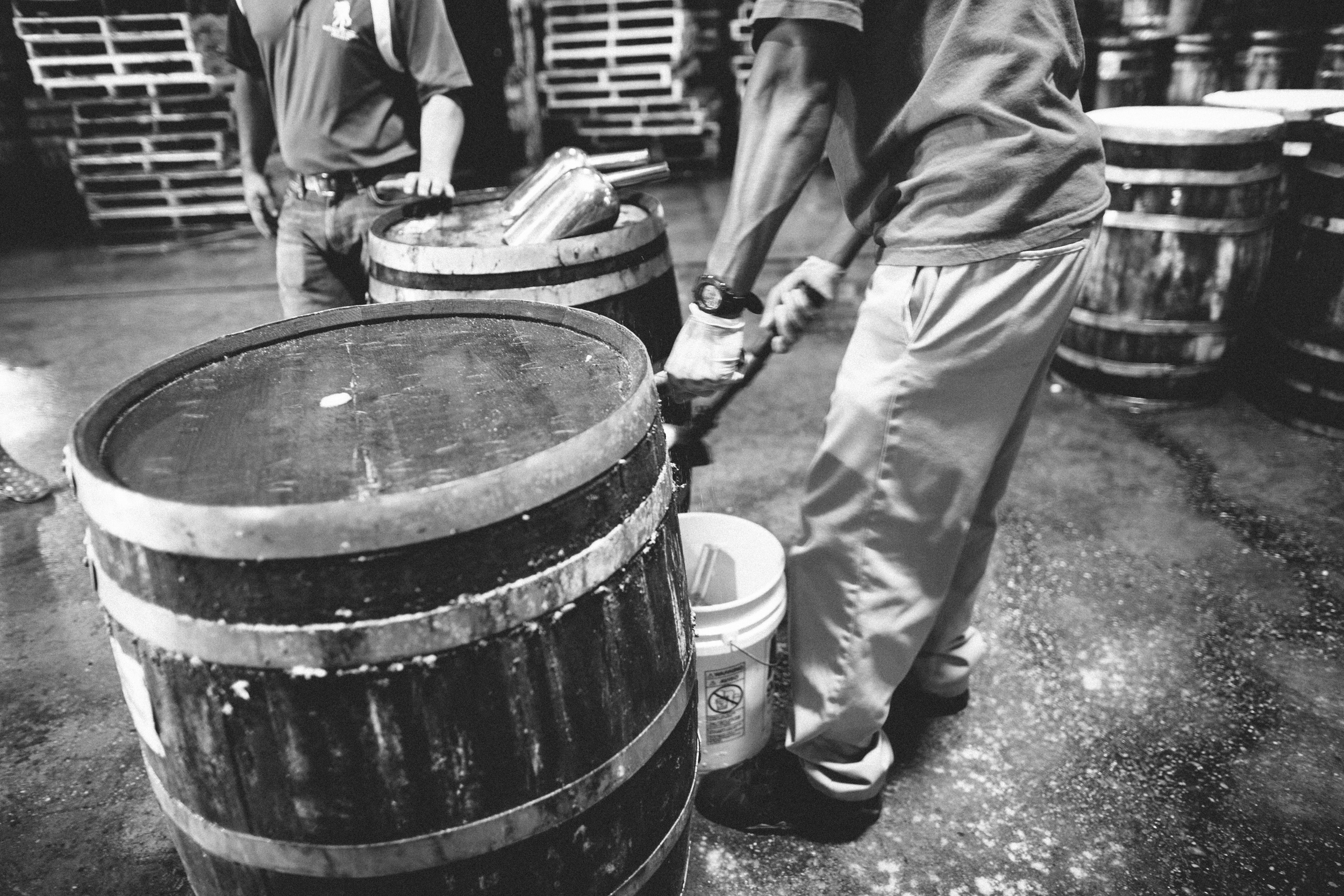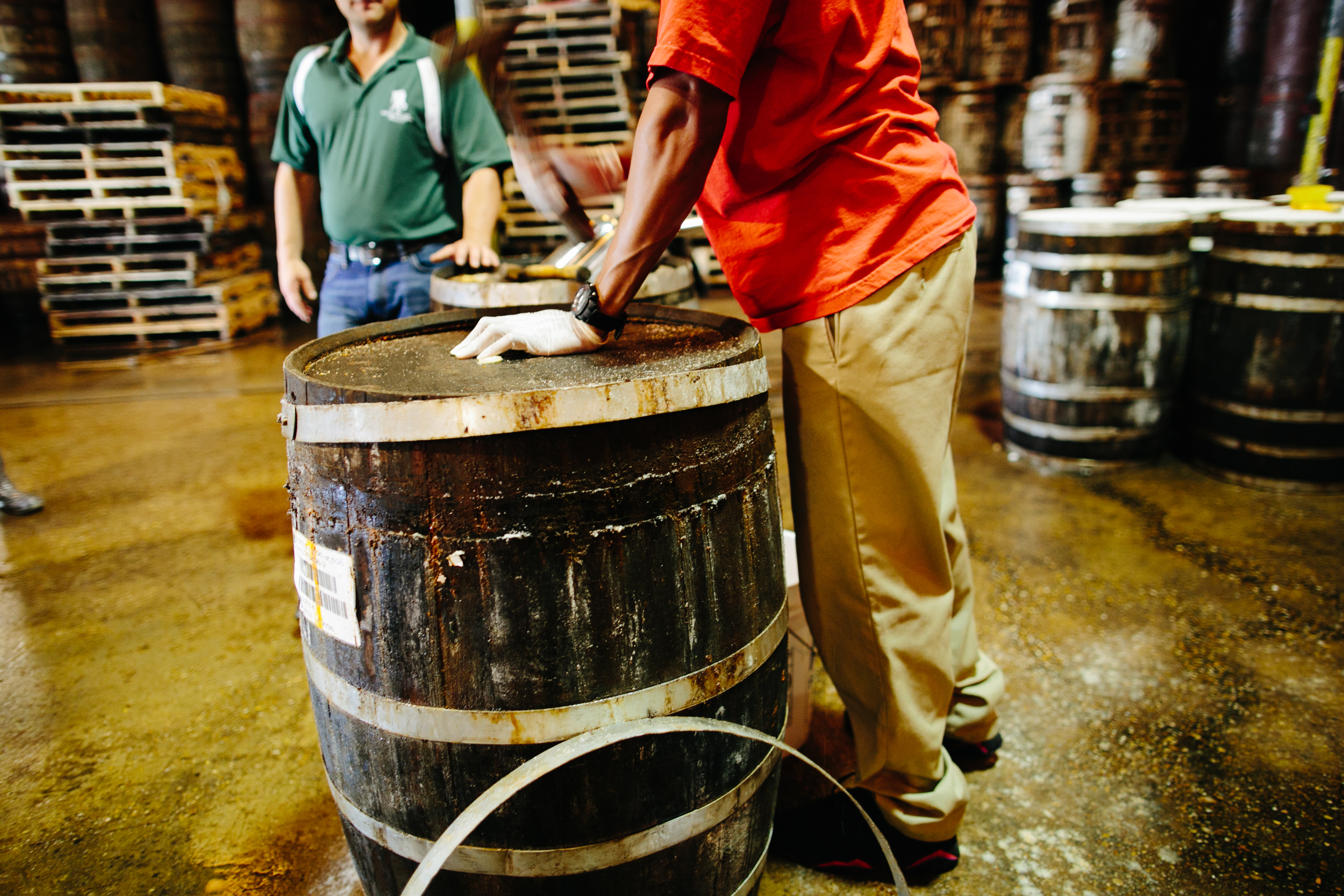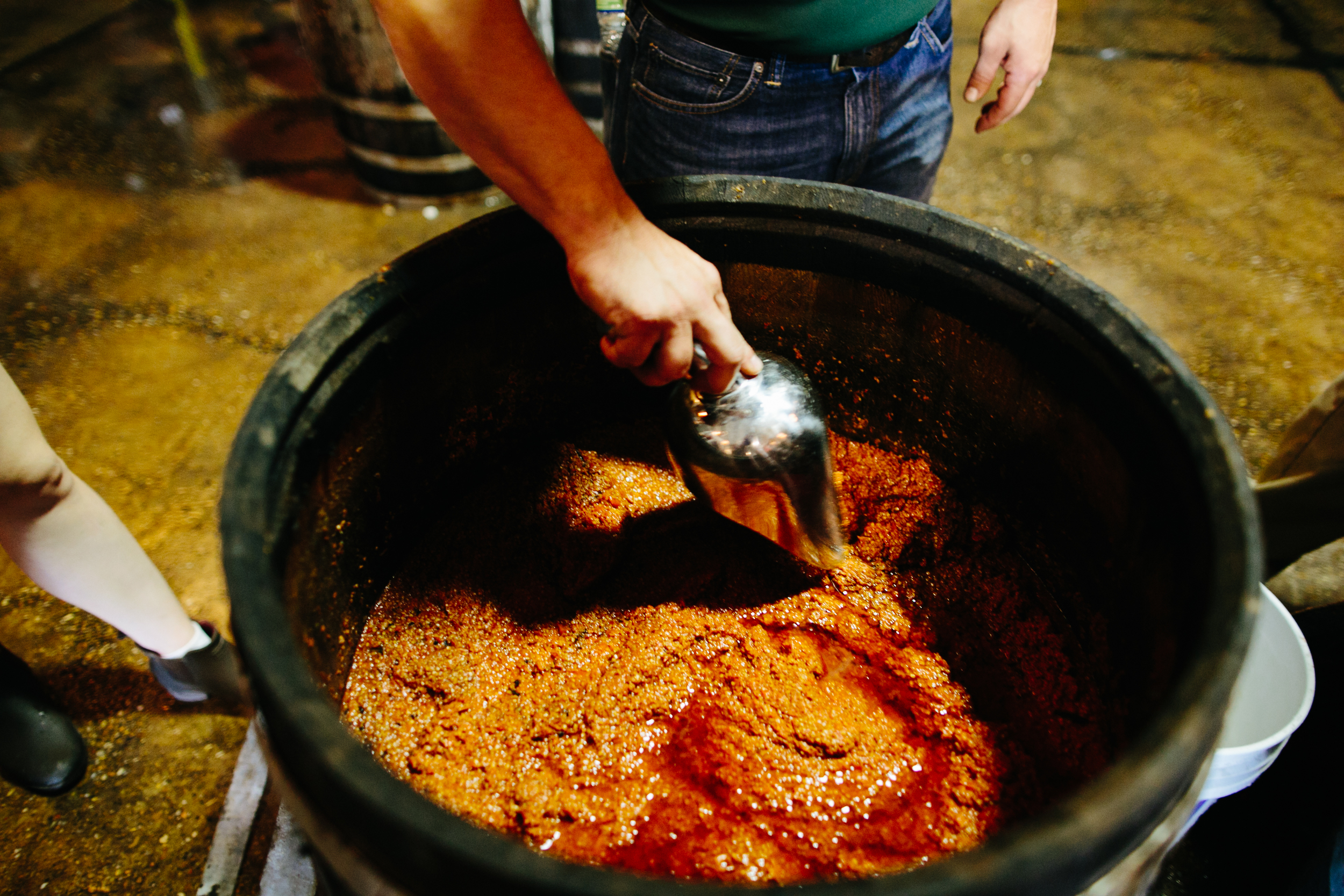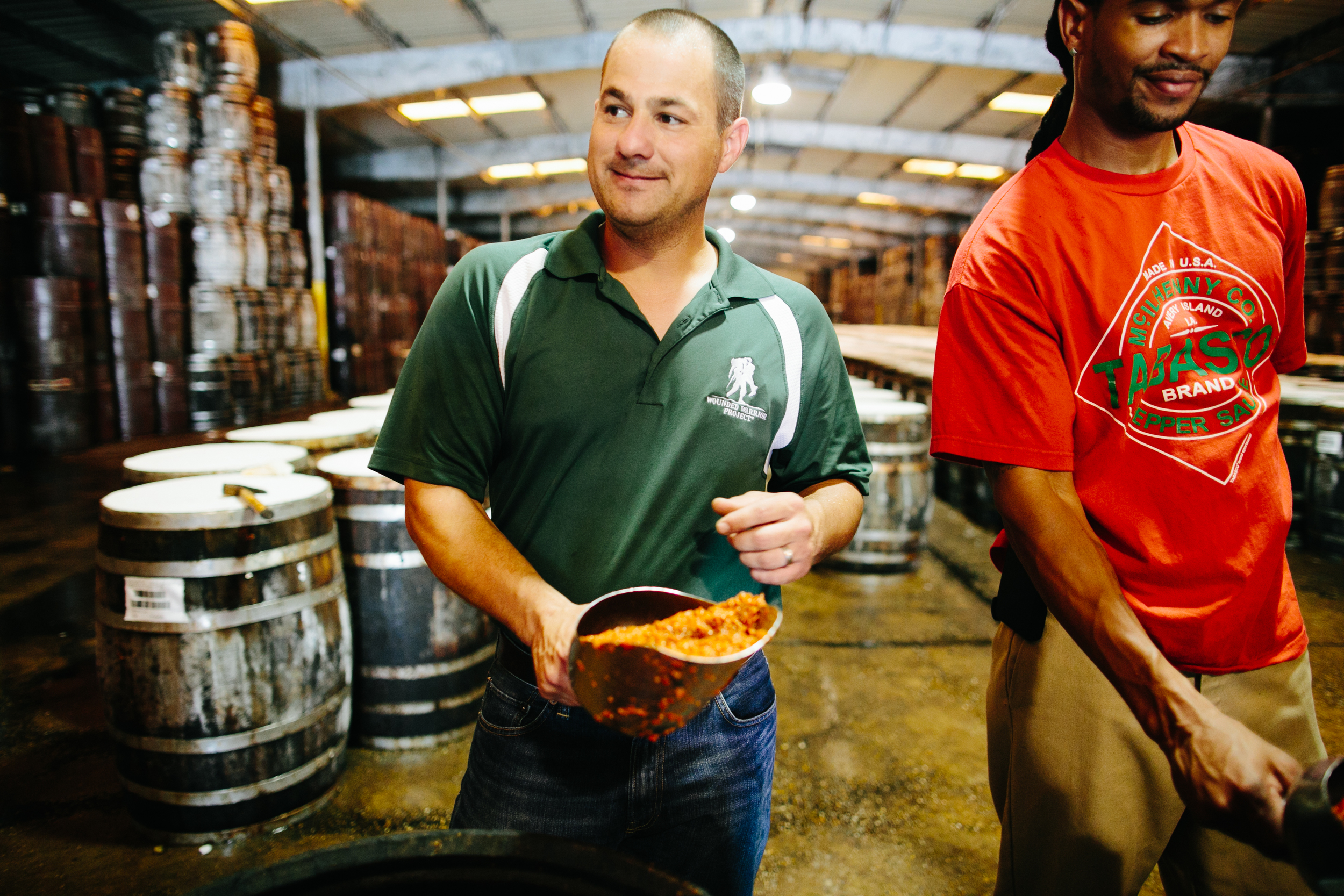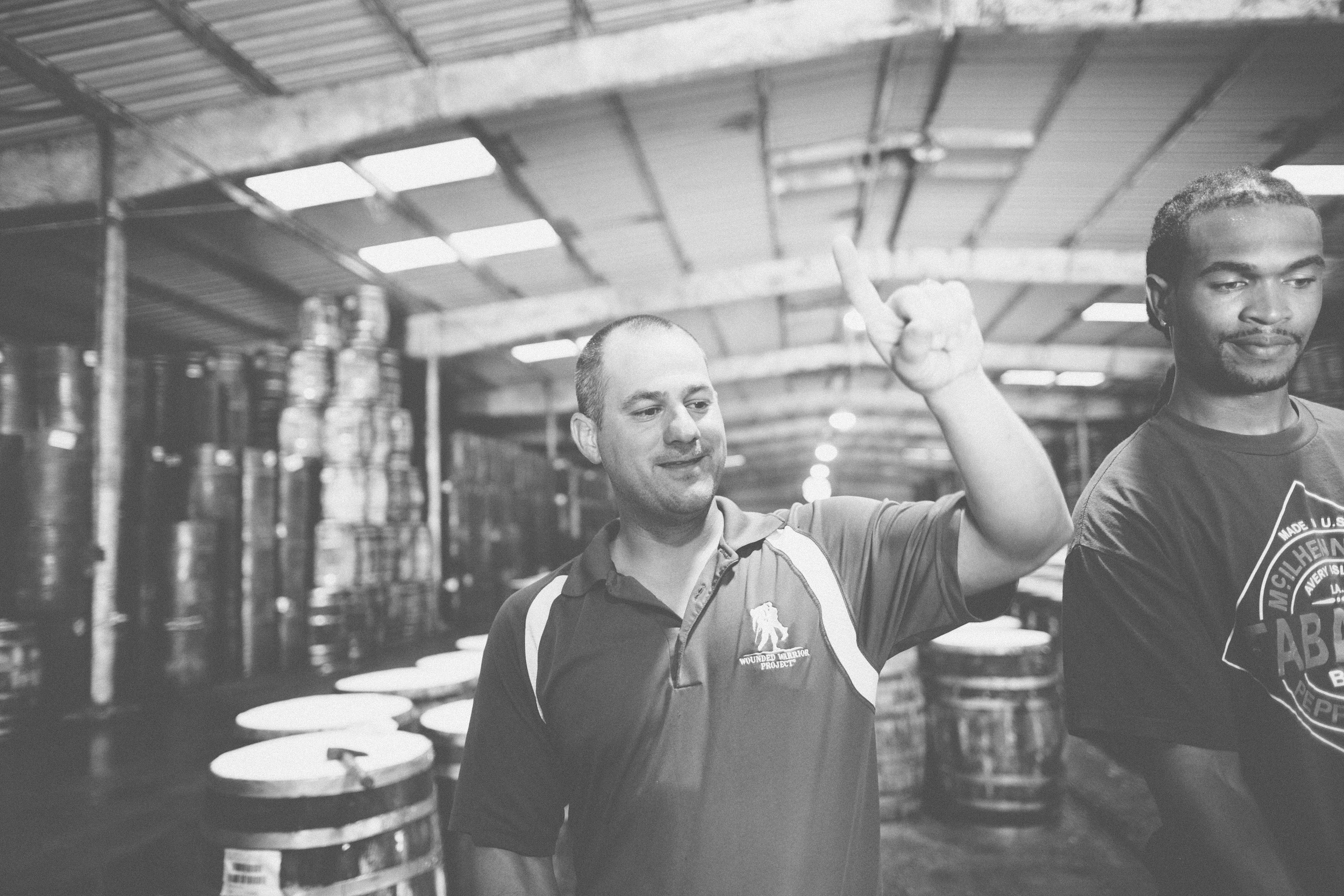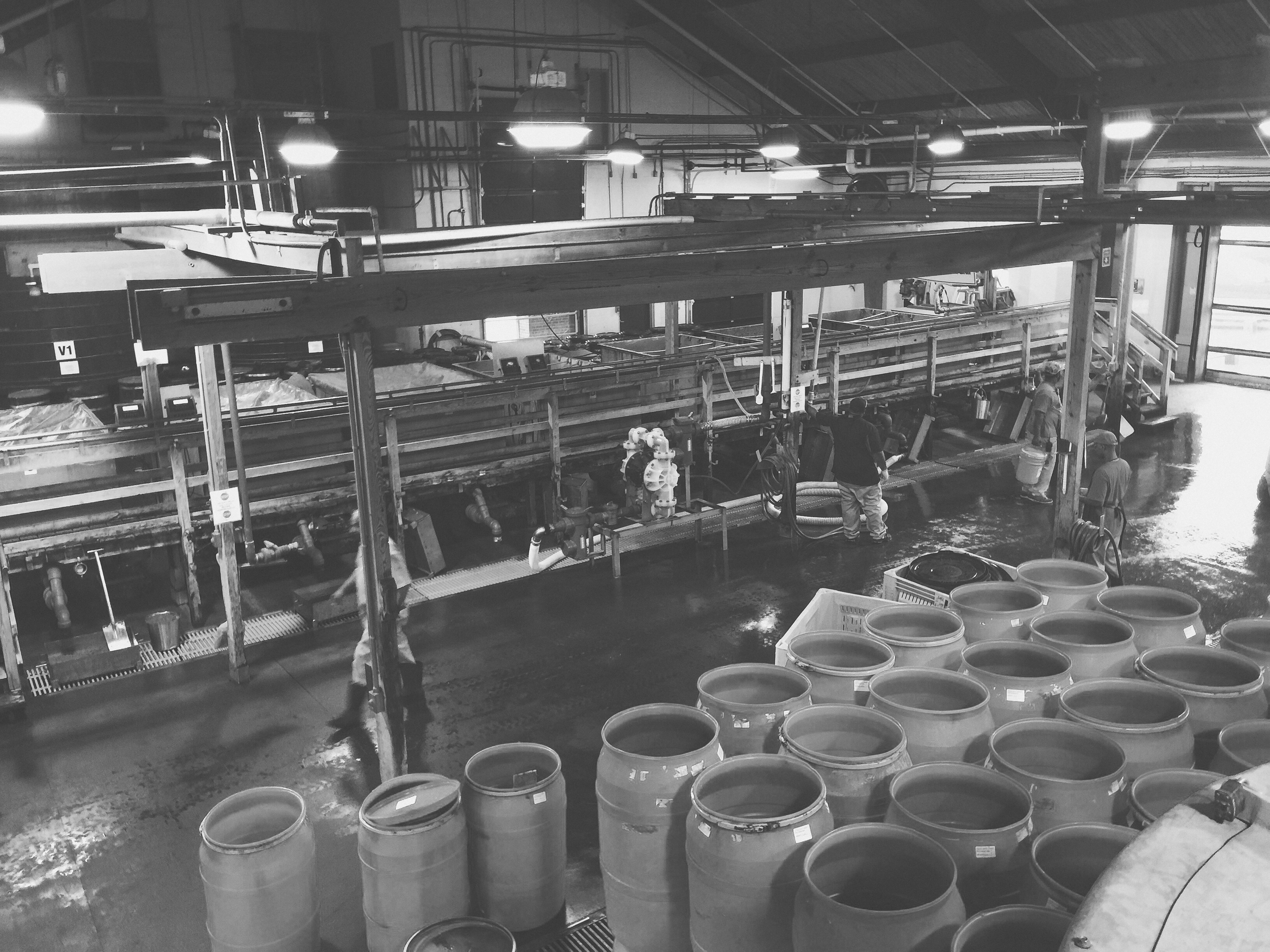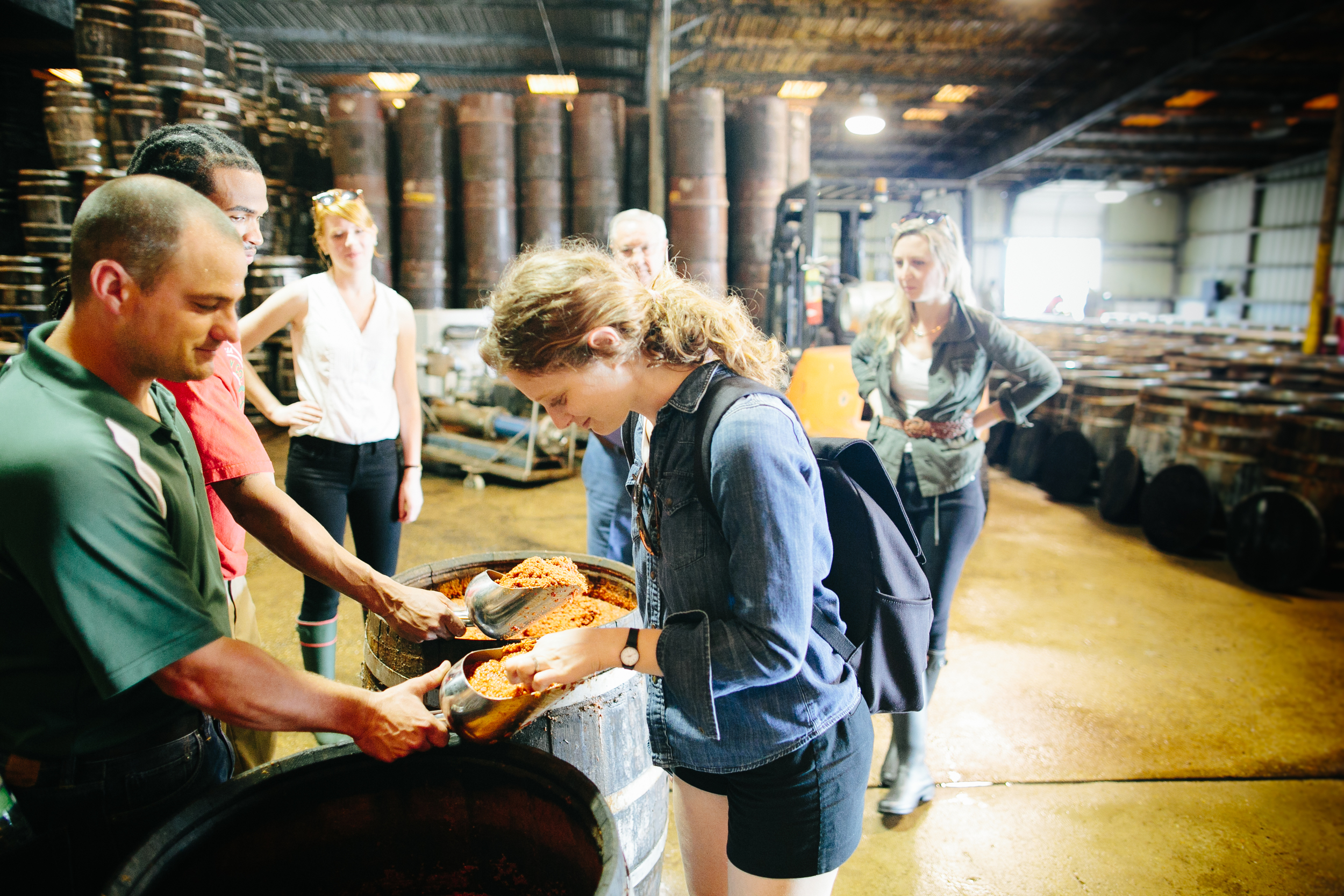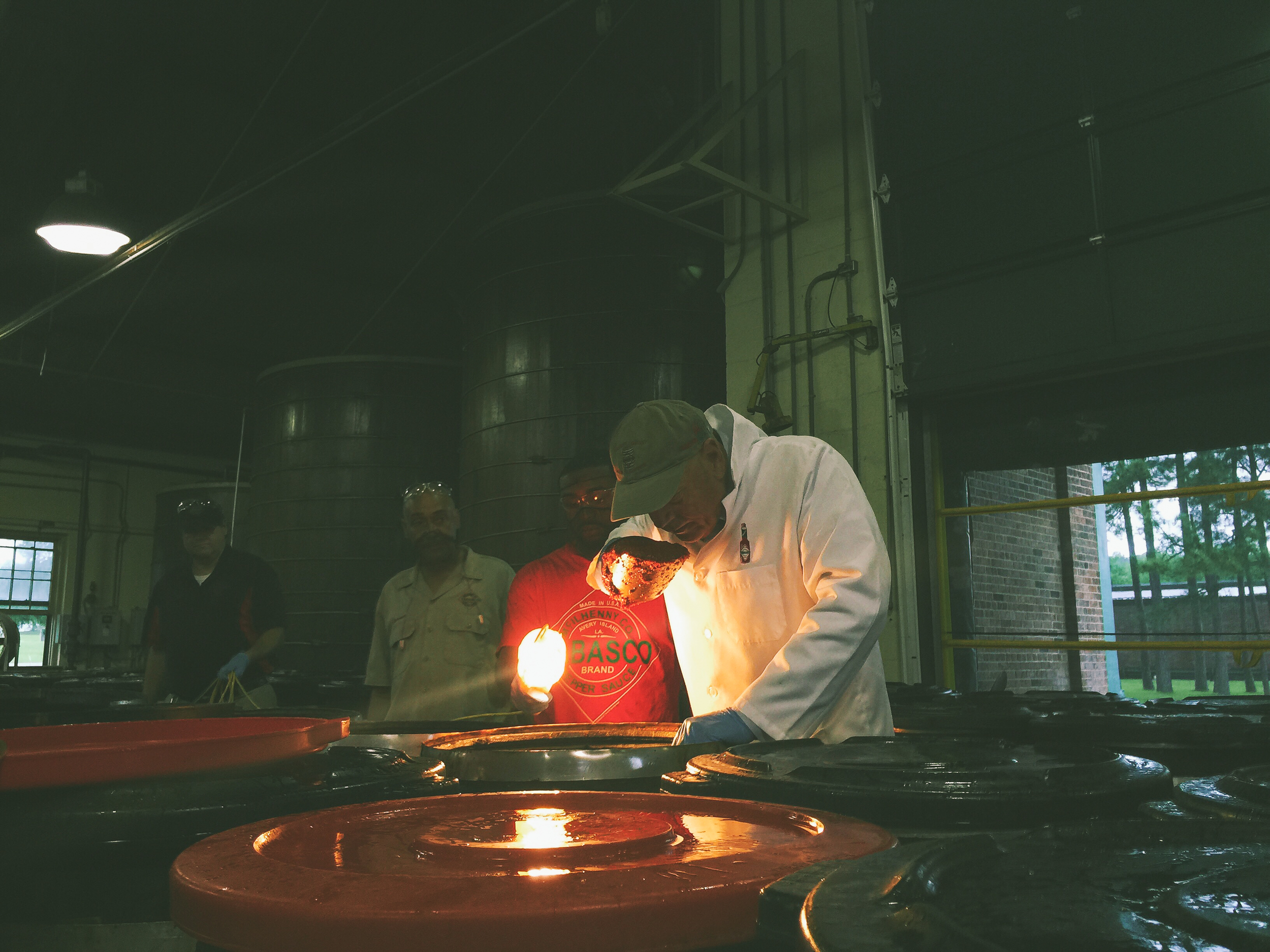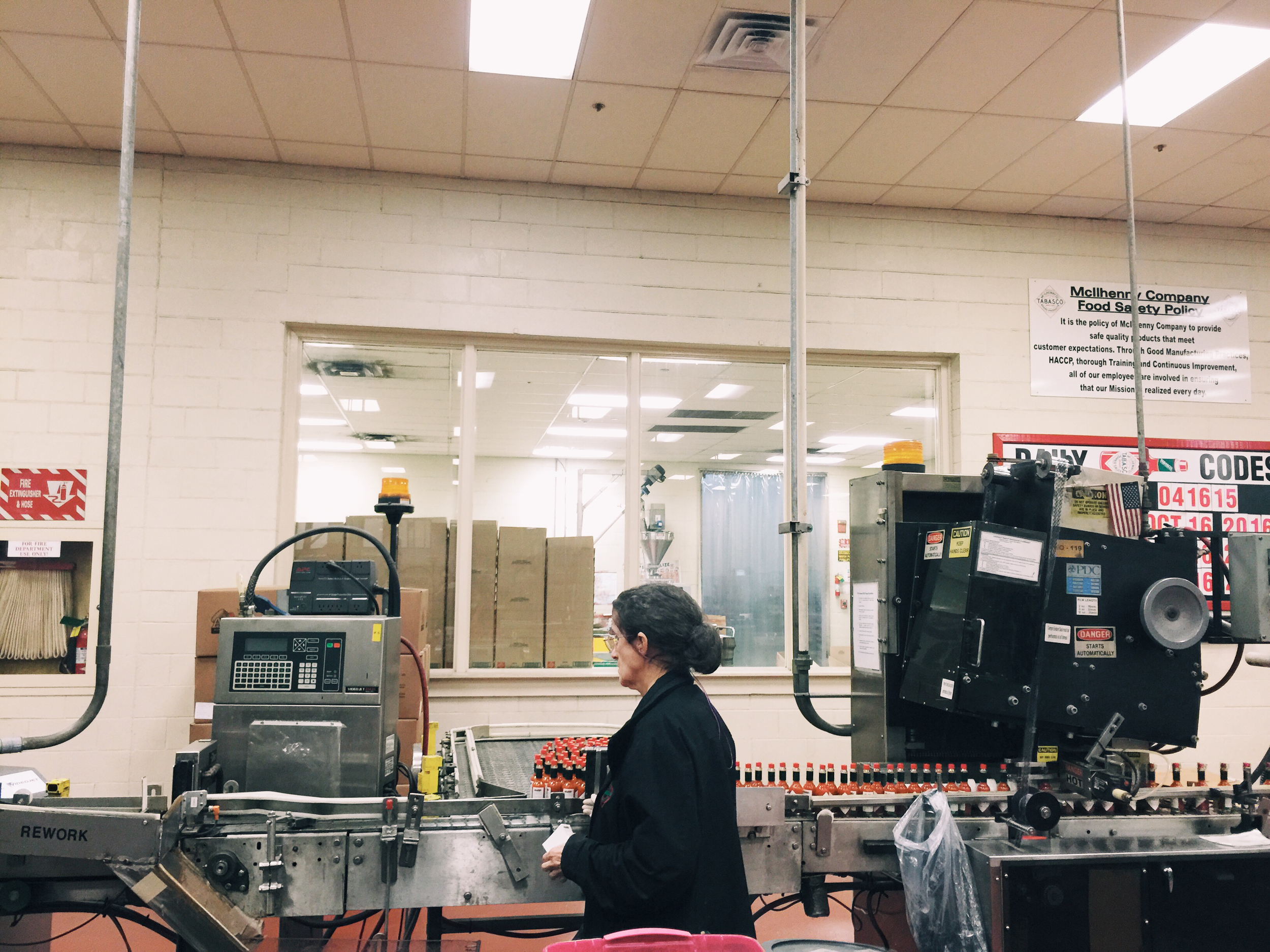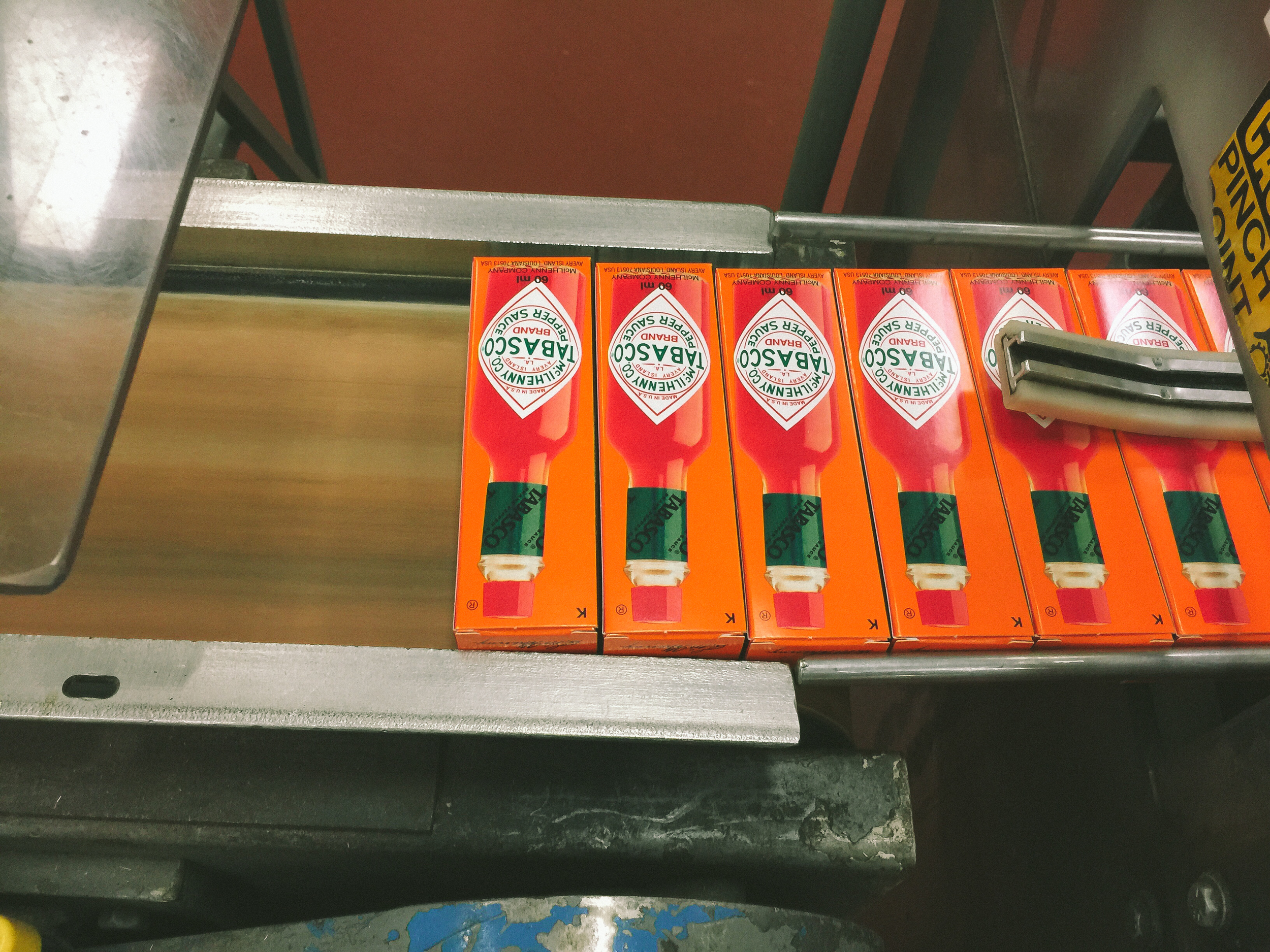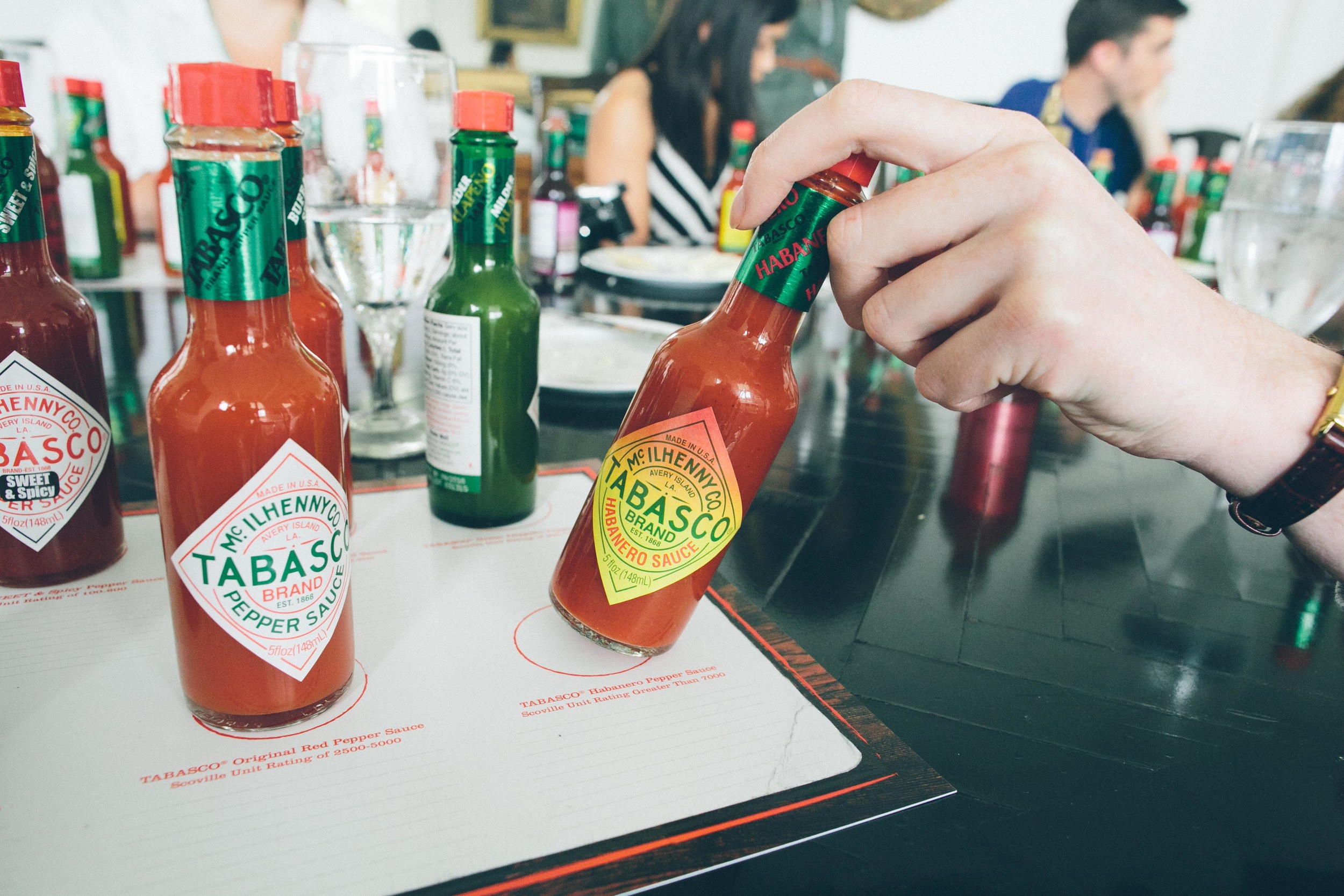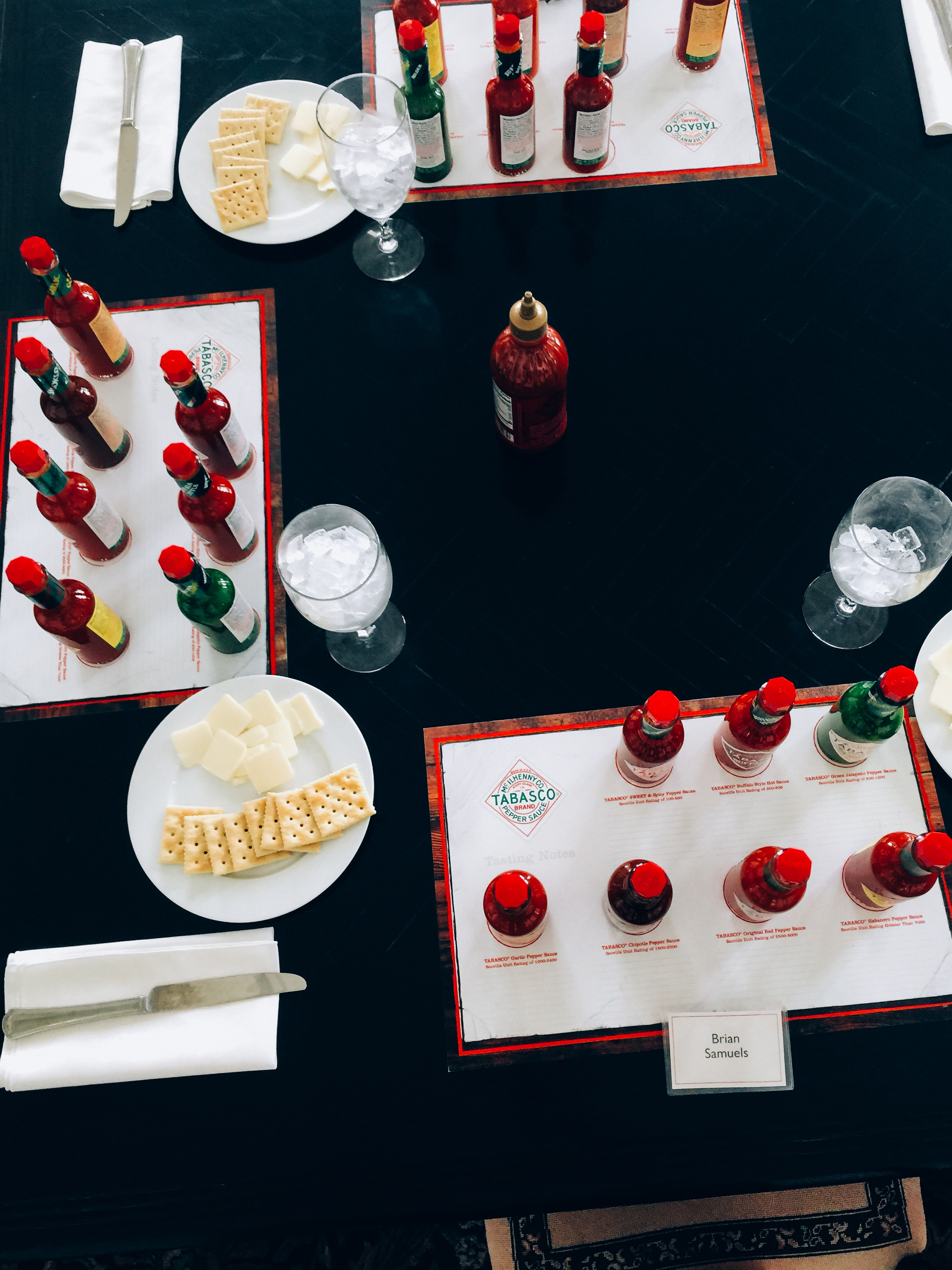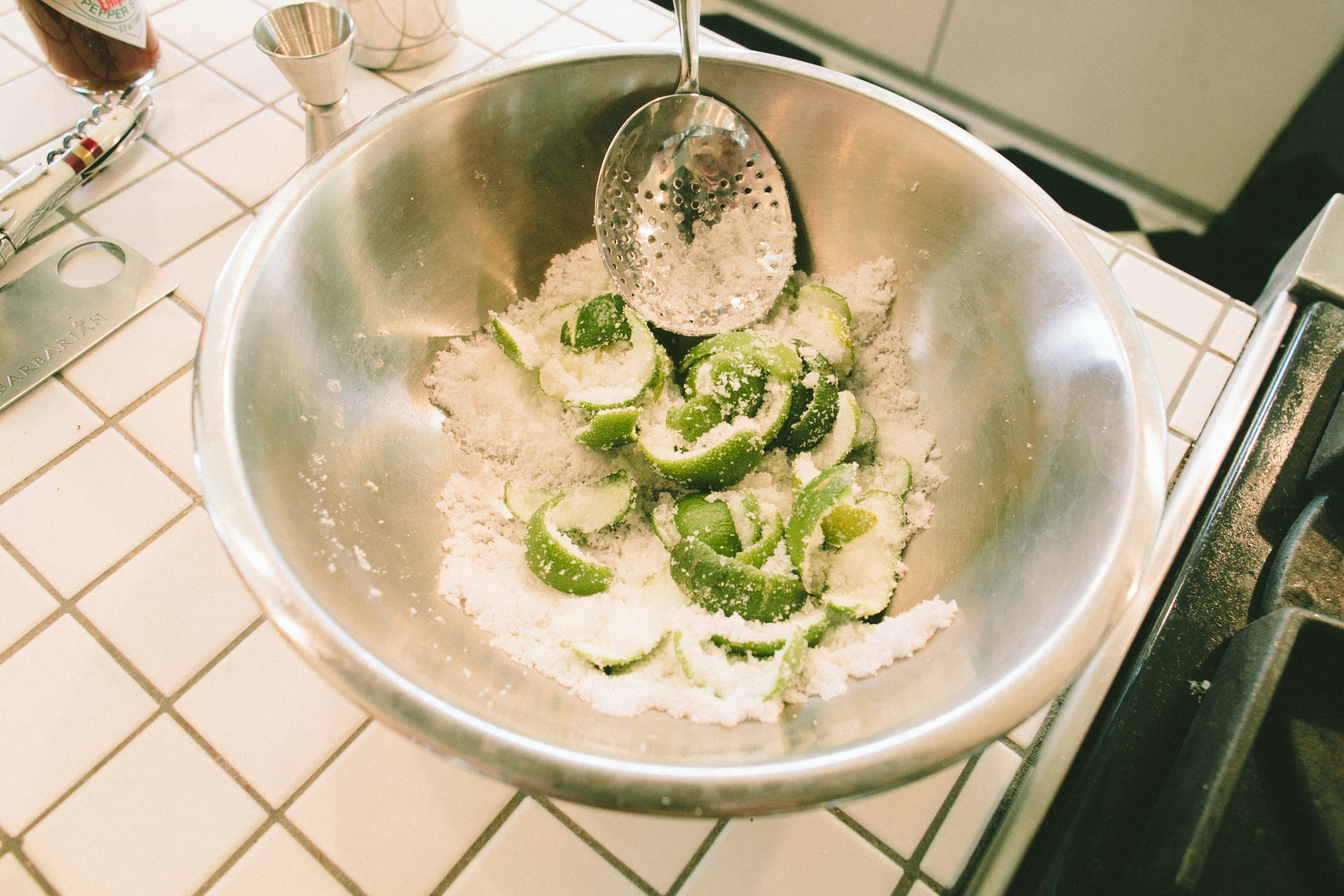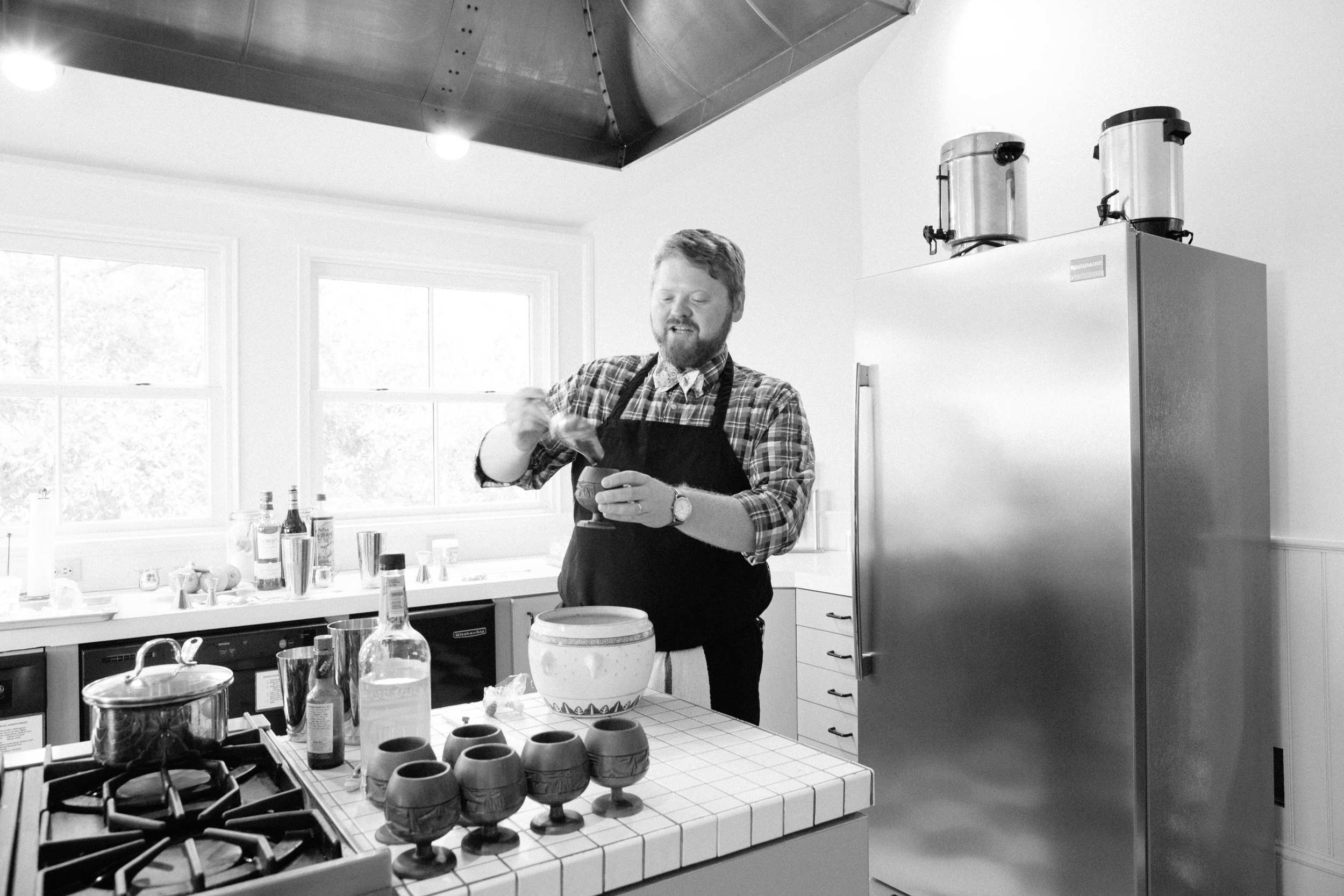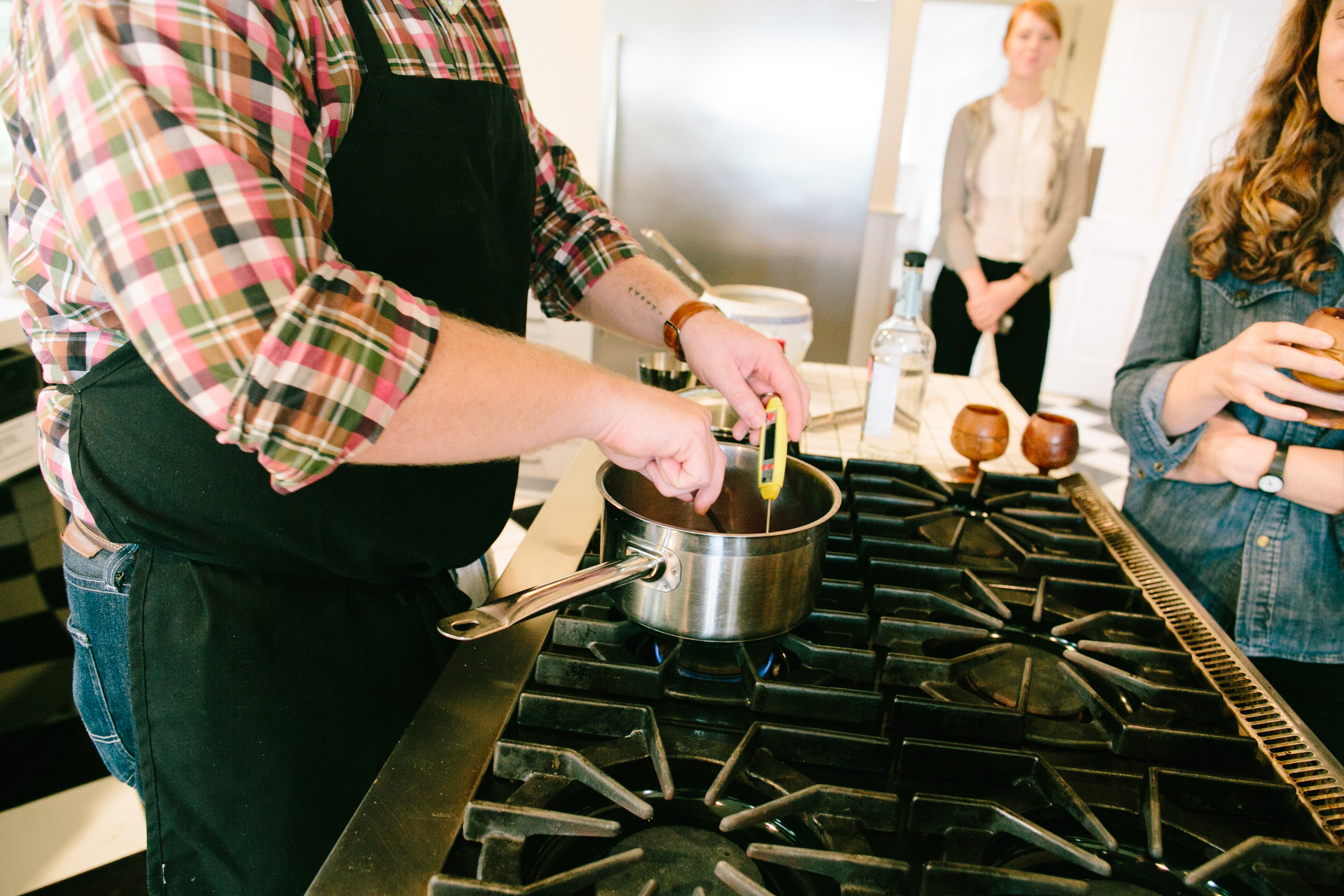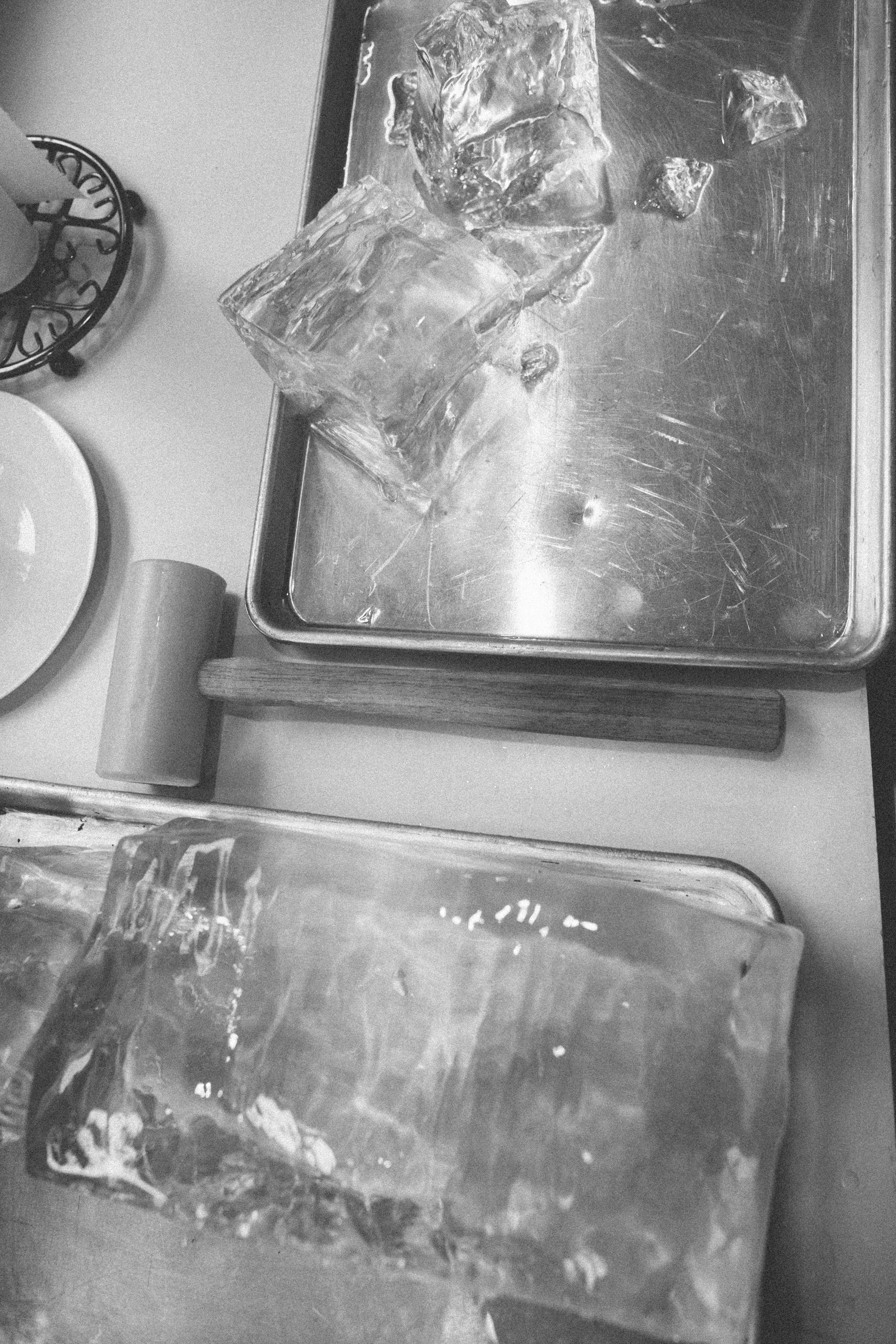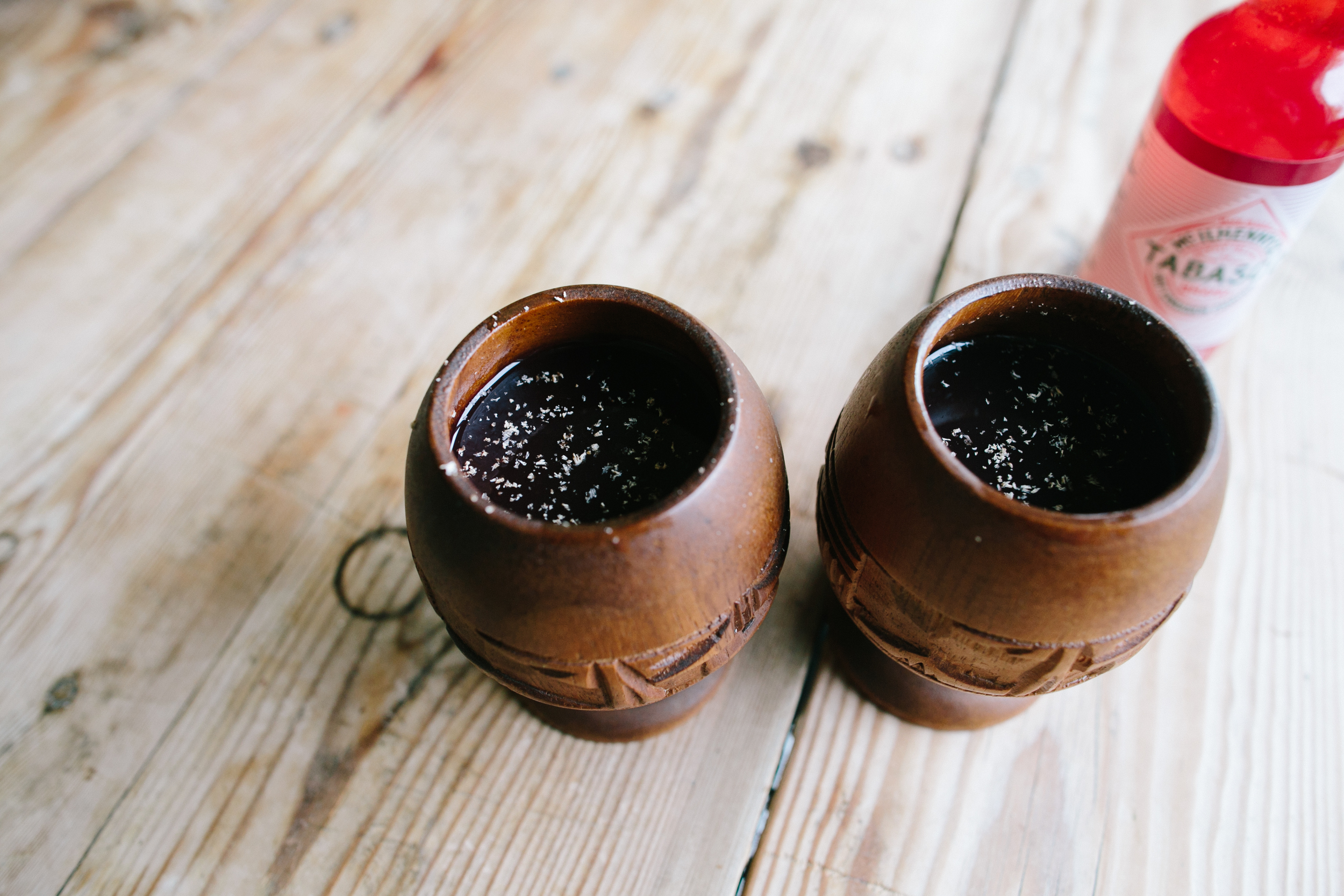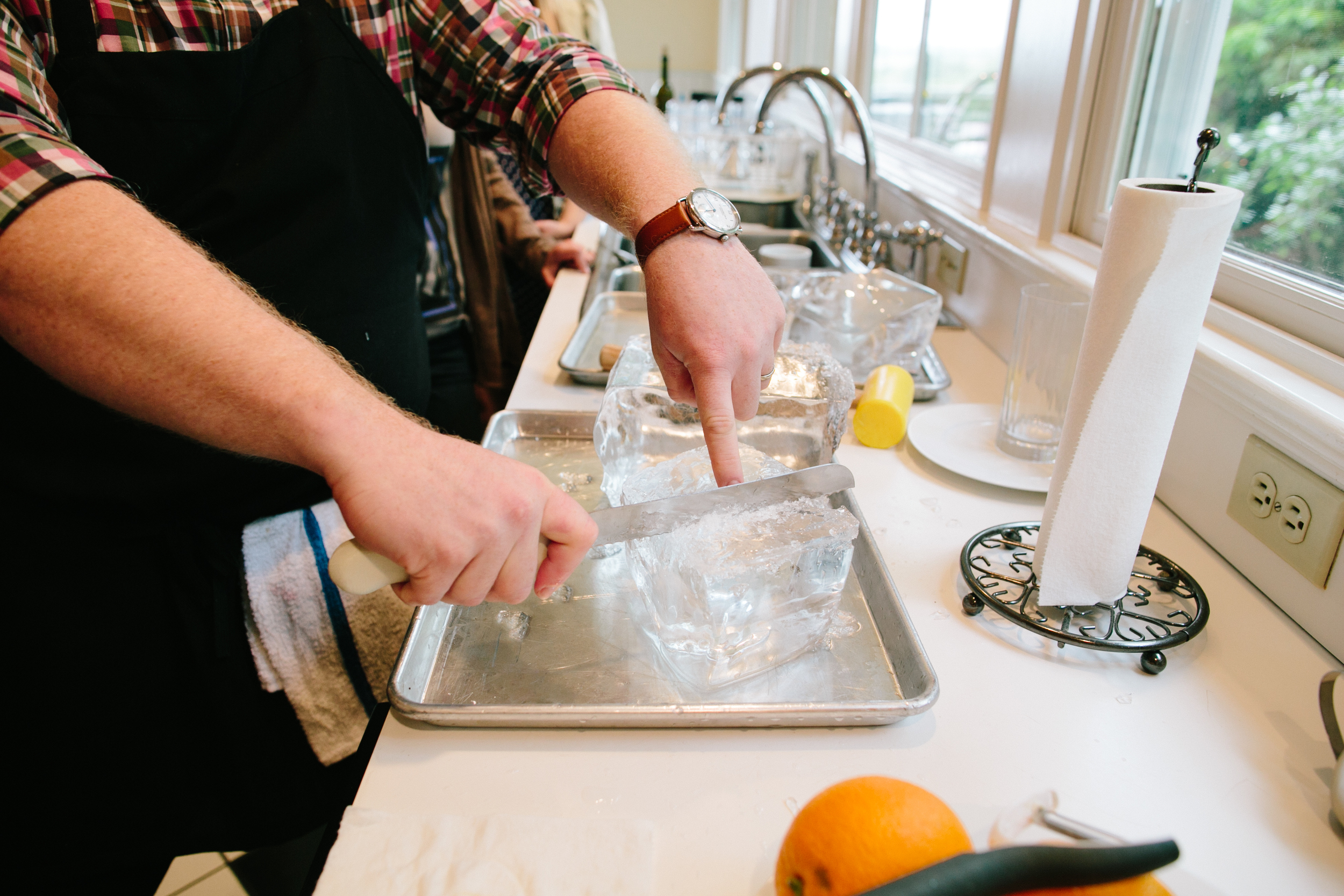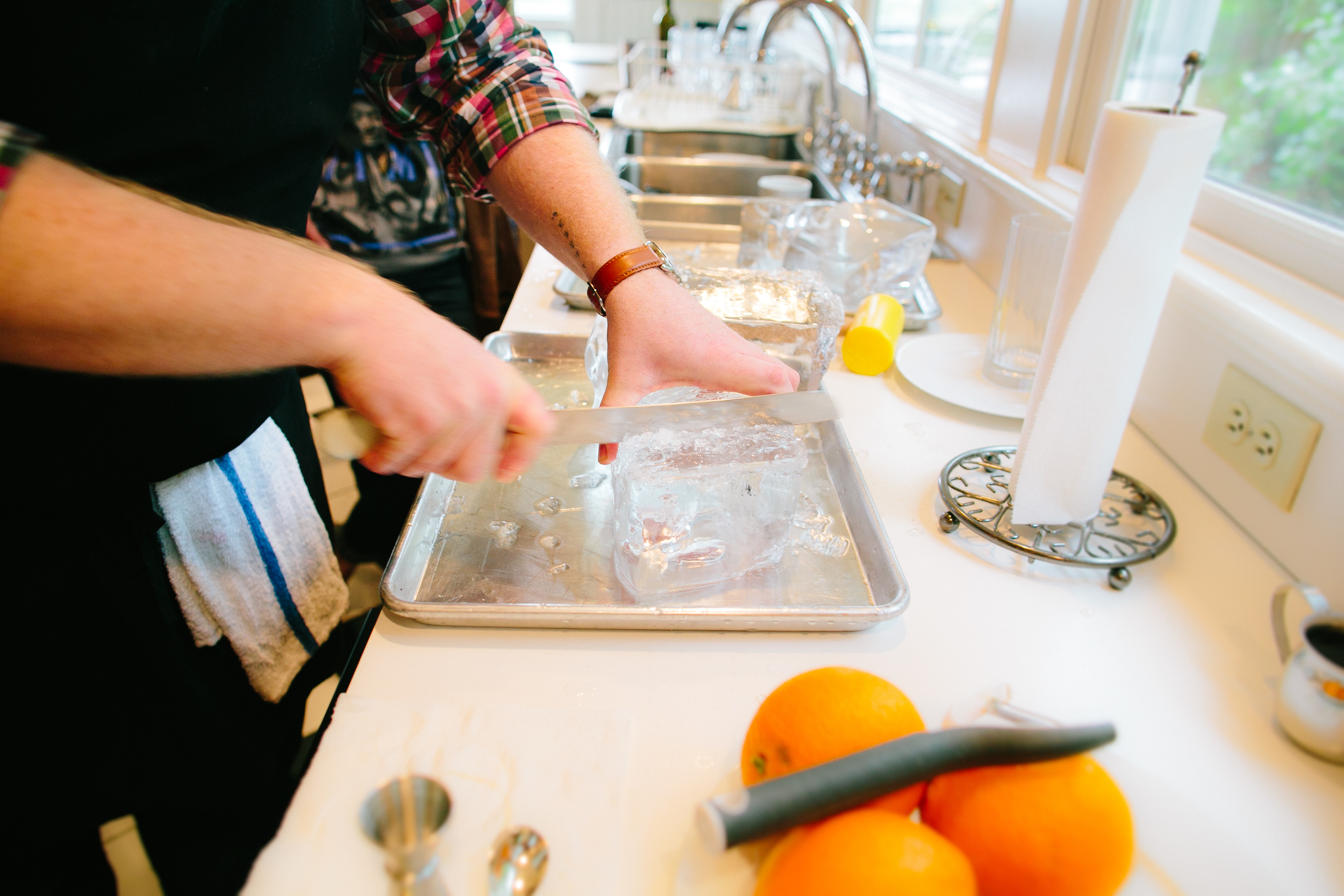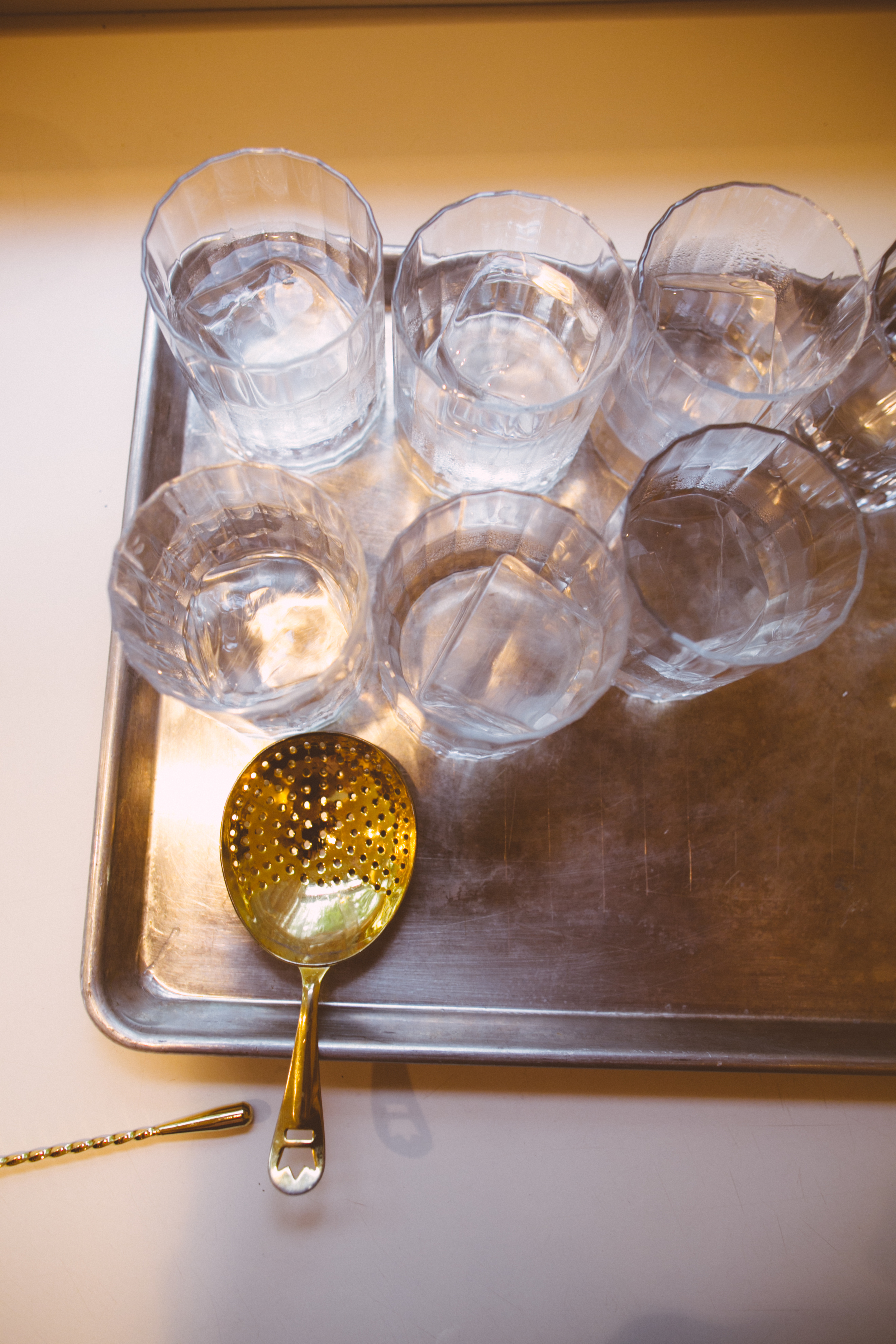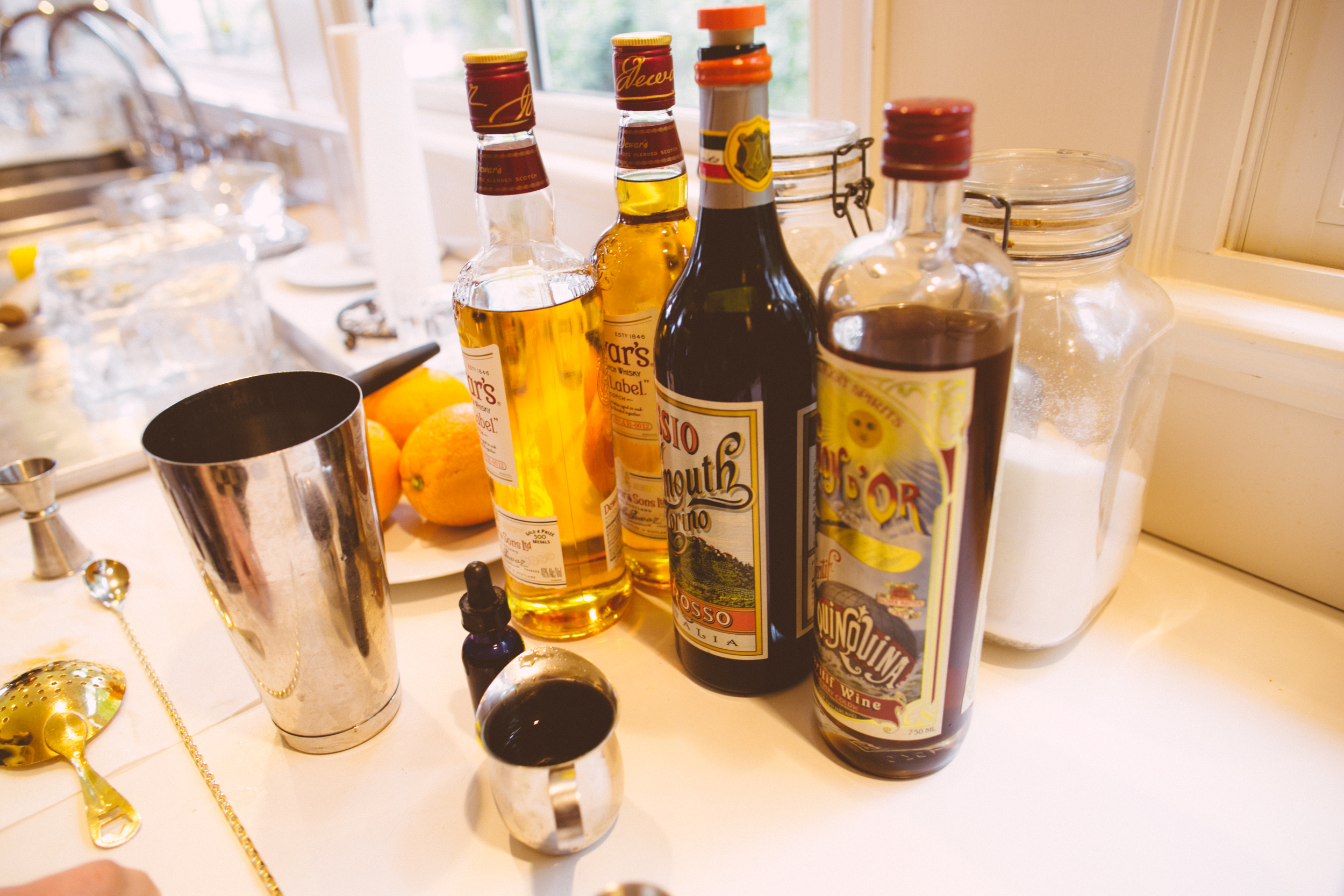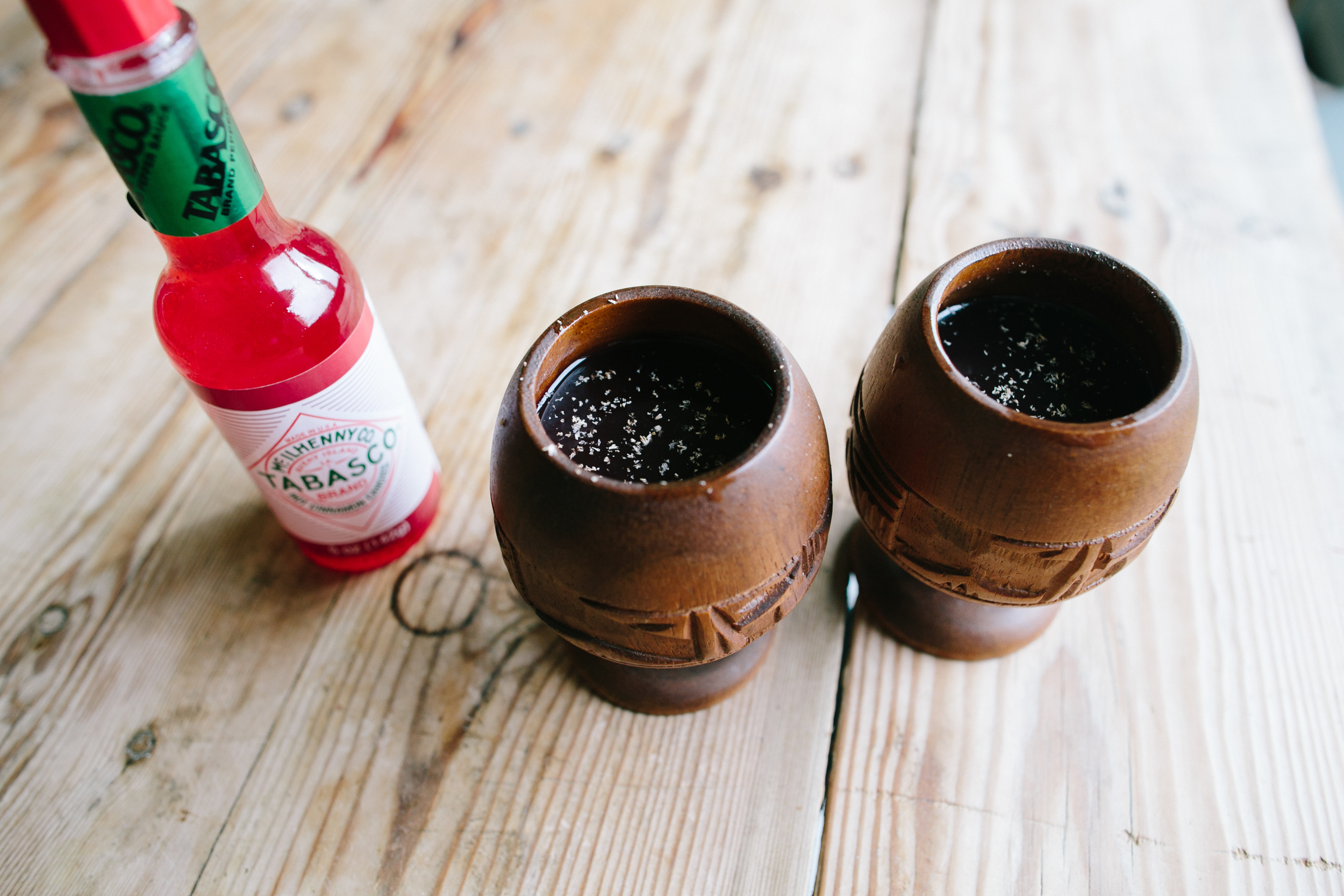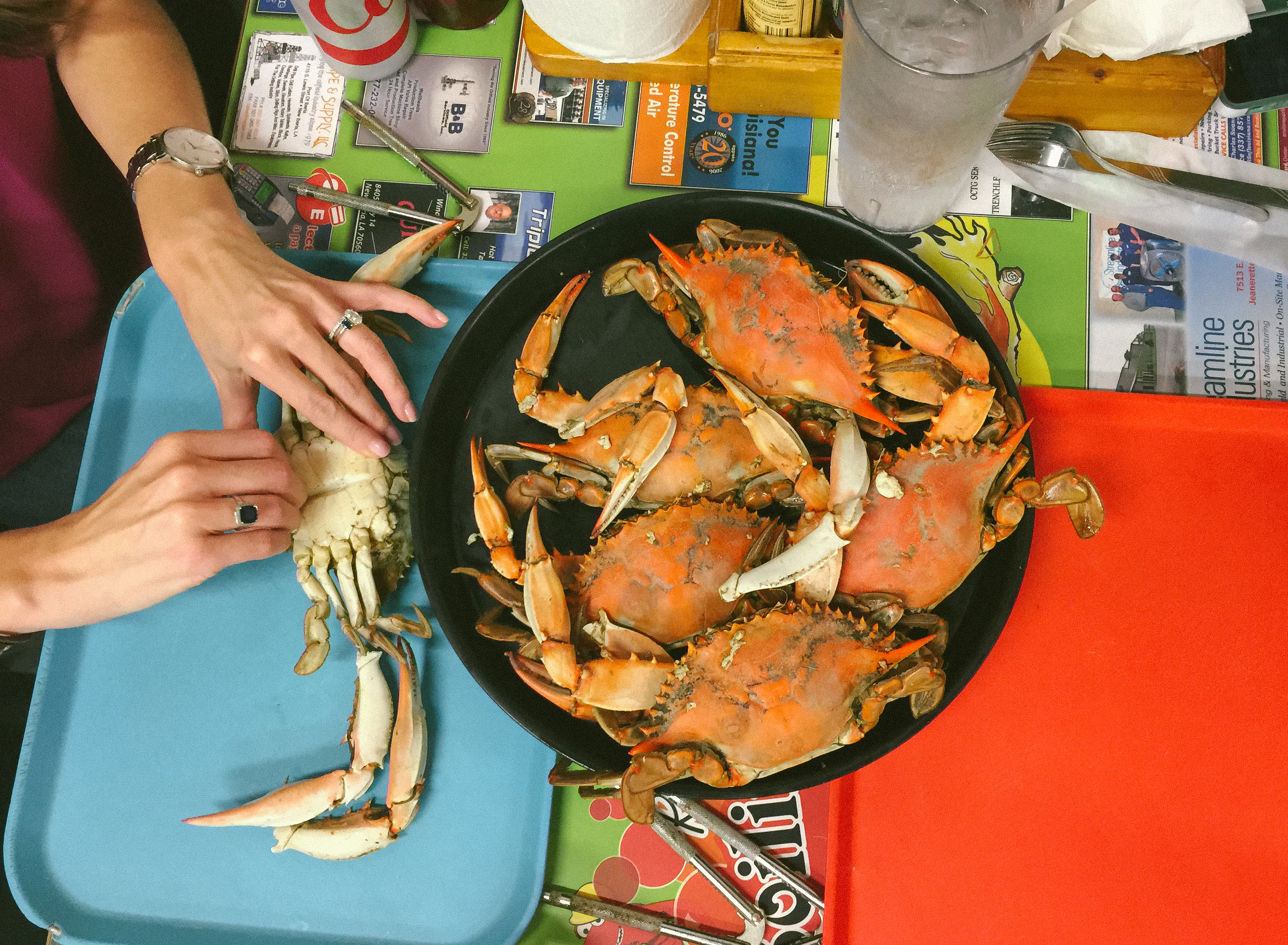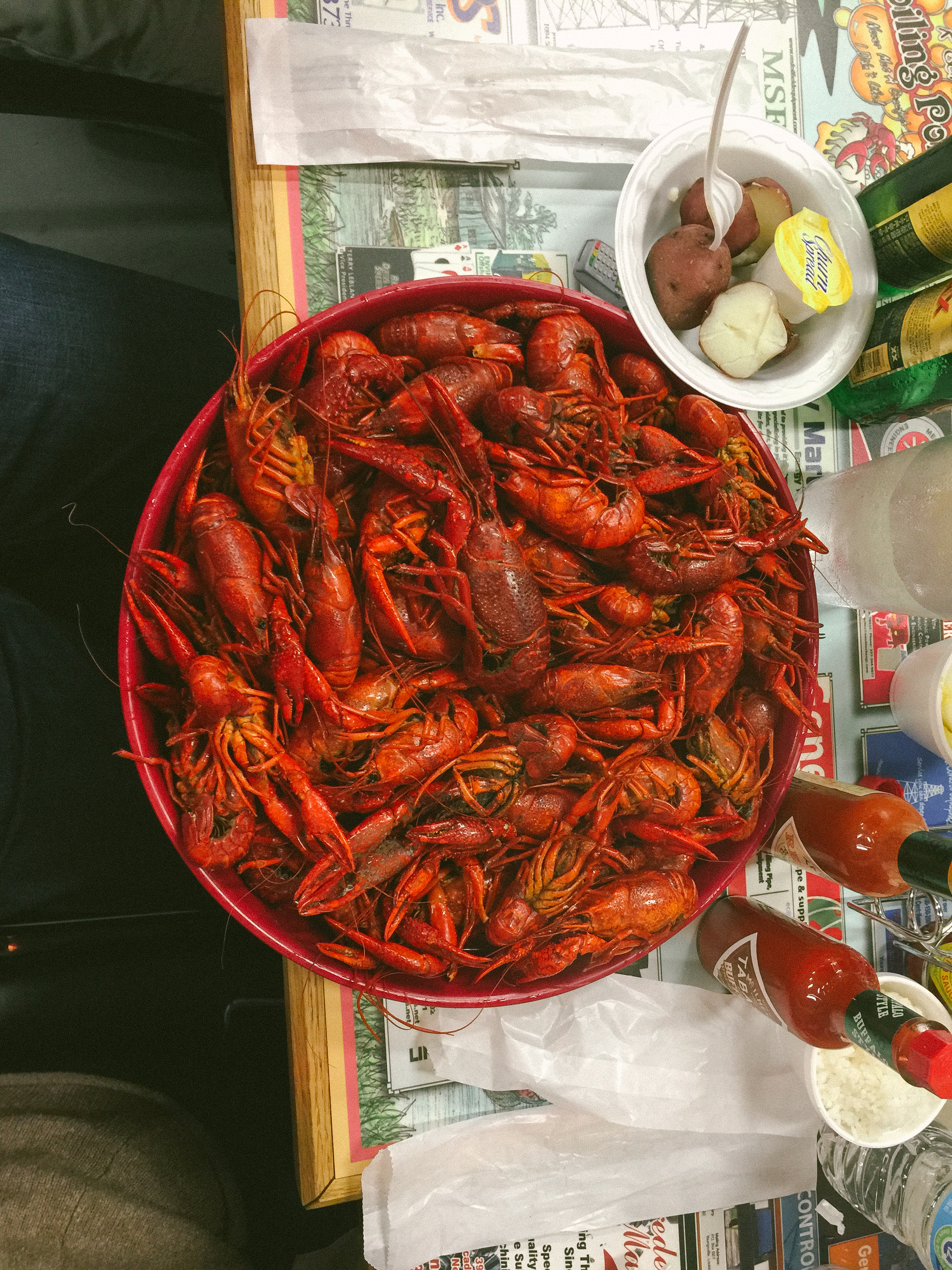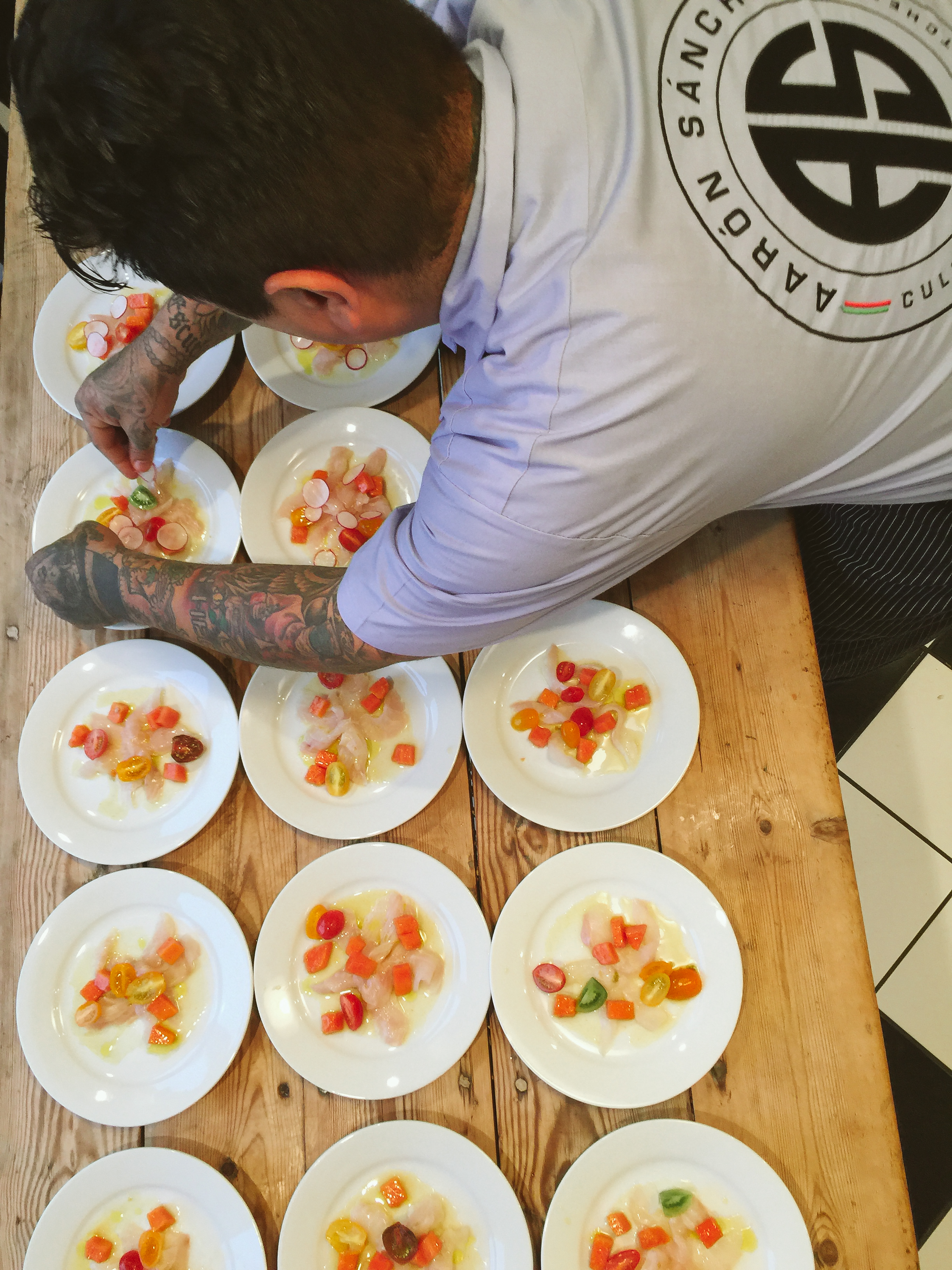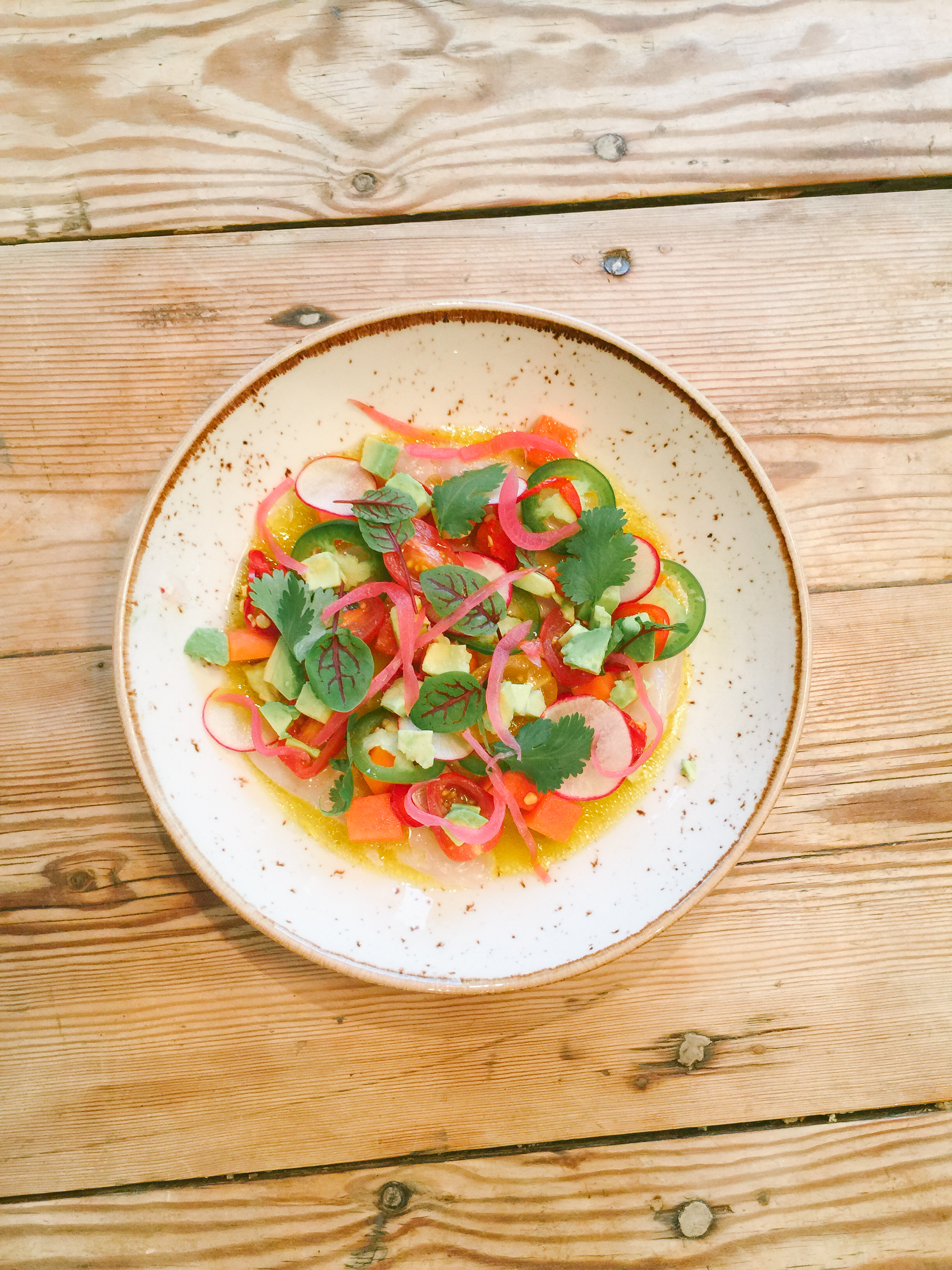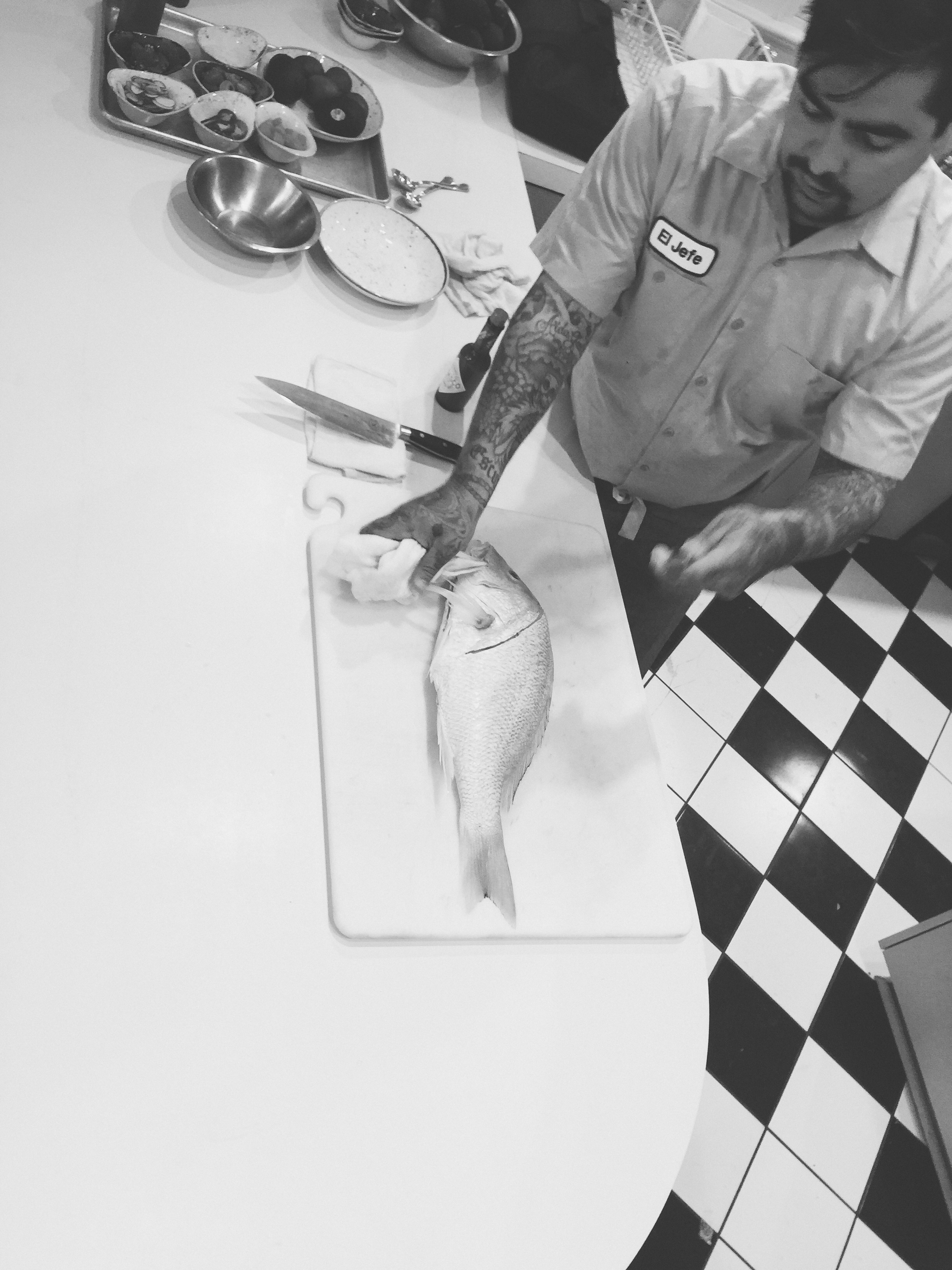I attribute my tolerance for bitter foods with my early experiences eating broccoli rabe. Served next to some chicken or tossed with pasta and cheese, it was one of the vegetables I requested the most when we went to the store. There's something to be said for its abnormal shape, which, compared to the peas and carrots that often graced our table, seemed exotic to us. But it was the flavor that stuck with me. Even after it was cooked in olive oil and garlic and seasoned with salt, the sharp bite remained prevalent. Those are the foods that I love... where the flavors change as you consume it. It's why I so enjoy things like dandelion greens or arugula. Unlike other greens, these have a lasting impression.
And, yet, it's been years since I've prepared broccoli rabe. It wasn't until I opened Tara's fabulous book, Seven Spoons, and came across her version (which paired it with a delicious bagna cauda, a buttery, garlicky, anchovy sauce) that I was inspired to pick some up. While I sat at our table, stabbing at spears of rabbini, I posted a prep shot on Instagram and Tara and I bonded over our mutual appreciation for bitter greens. It's nice to know that we could connect over this dish. I have a feeling others could fall for this dish, even with the subtle, lingering bite.
Garlicky Broccoli Rabe
Source Inspired by Tara O'Brady's Seven Spoons: My Favorite Recipes for Any and Every day
Yield Serves 4 as a side
Ingredients 2 bunches broccoli rabe, tough stems trimmed 3 cloves garlic, coarsely chopped Kosher salt 1/2 teaspoon red pepper flakes 1 tablespoon capers, rinsed Olive oil 1 teaspoon lemon zest 1/8 cup sliced almonds
Directions
1. In a pot, bring 3 quarts of salted water to a boil. Add broccoli rabe and cook, uncovered, until tender, about 4 minutes. Drain and then run broccoli rabe under cold water, to stop it from cooking. Drain and squeeze out excess water.
2. Dry the capers with a paper towel. In a sauté pan, heat 2 tablespoons of olive oil over medium-high heat. After 20 seconds, add the capers. Cook, stirring often with a spoon, until browned evenly. This may take up to 2 minutes. Using a slotted spoon, transfer to paper towel to drain and cool.
3. Using the remaining oil in the skillet, heat the pan over medium heat. Add the broccoli rabe and season with 1/2 a teaspoon of salt. After a minute, stir in chopped garlic and red pepper flakes. Cook for another 4 minutes.
4. Transfer broccoli rabe to a serving bowl and toss with sliced almonds and fried capers. Taste for seasoning and, if necessary, add a small sprinkle of salt on top (though the capers may do the trick). Before serving, add lemon zest.


